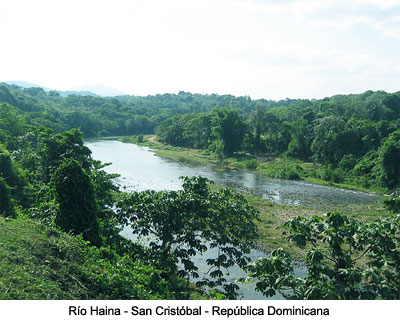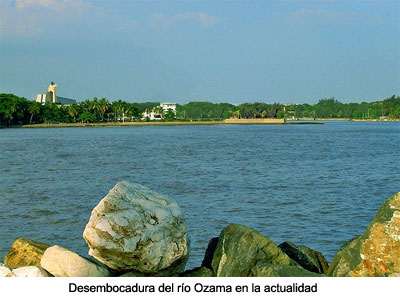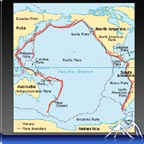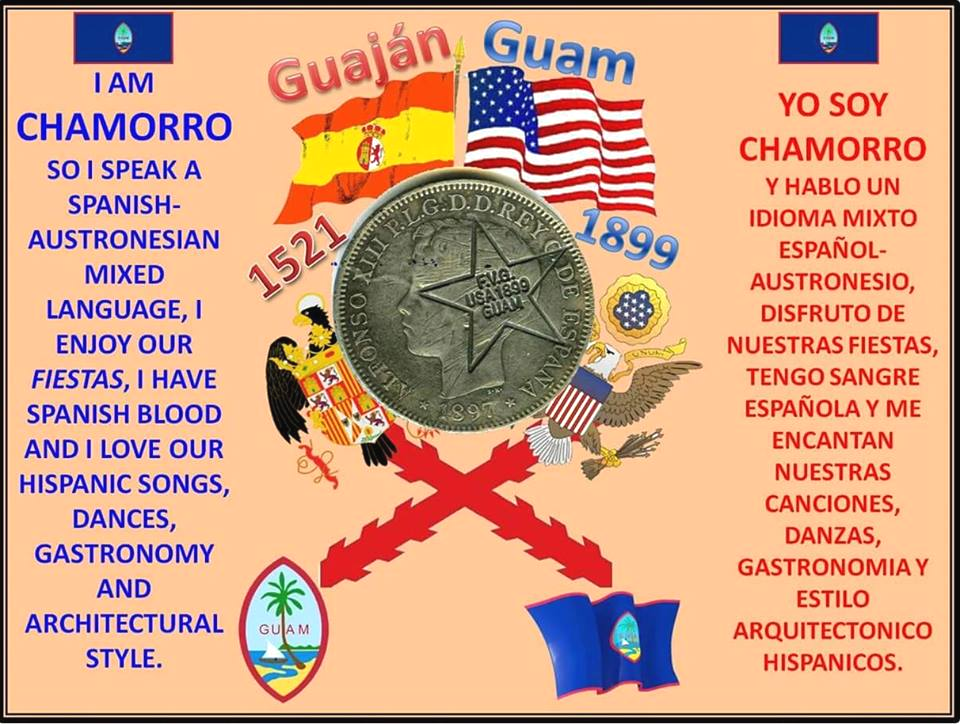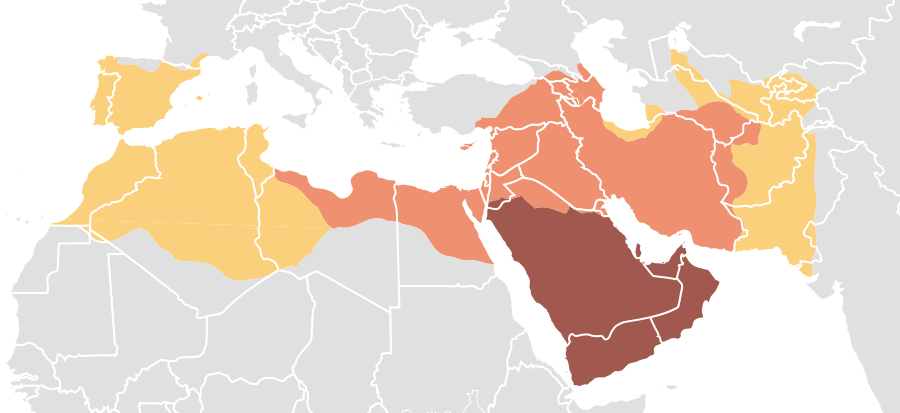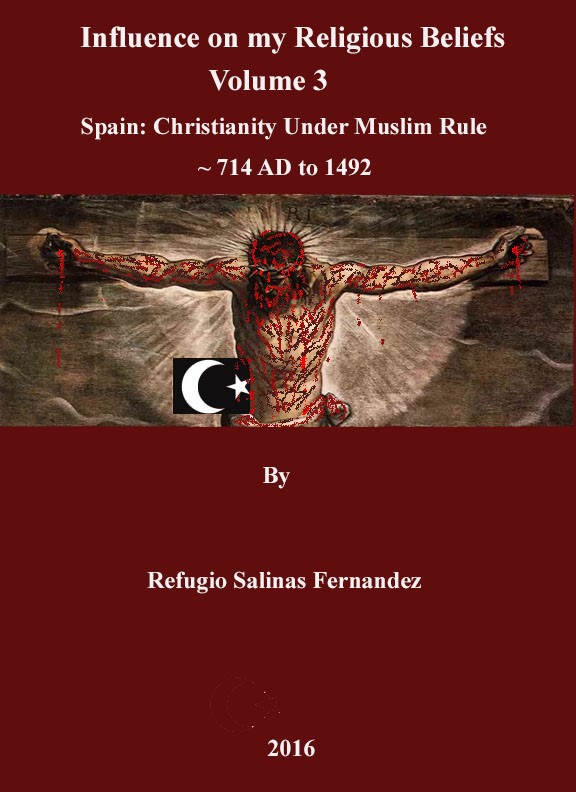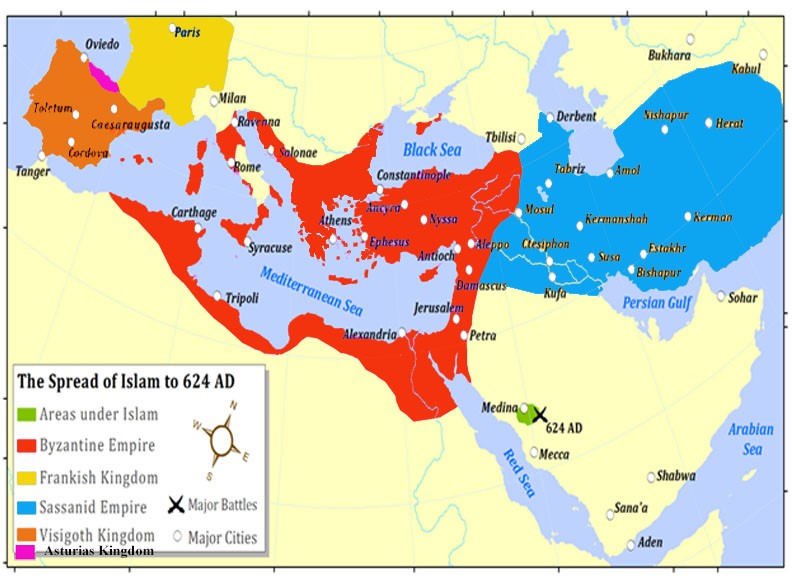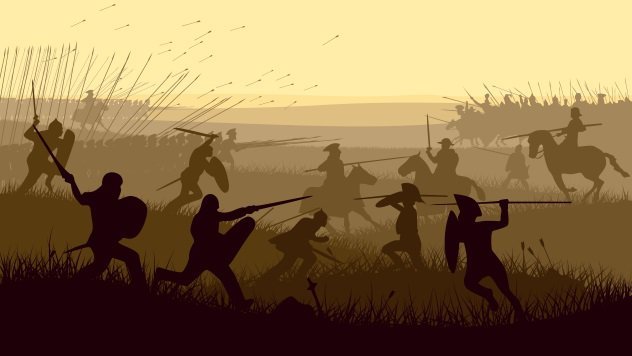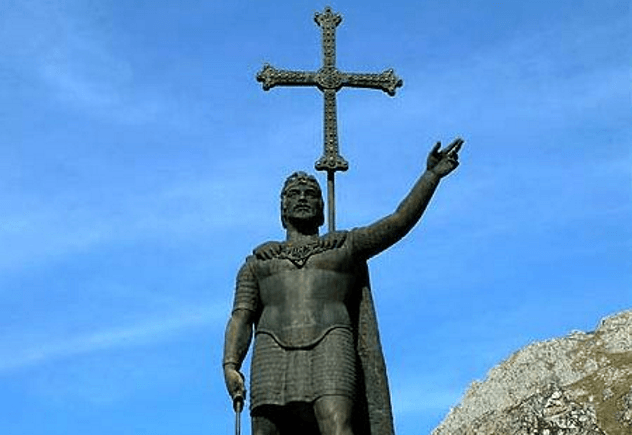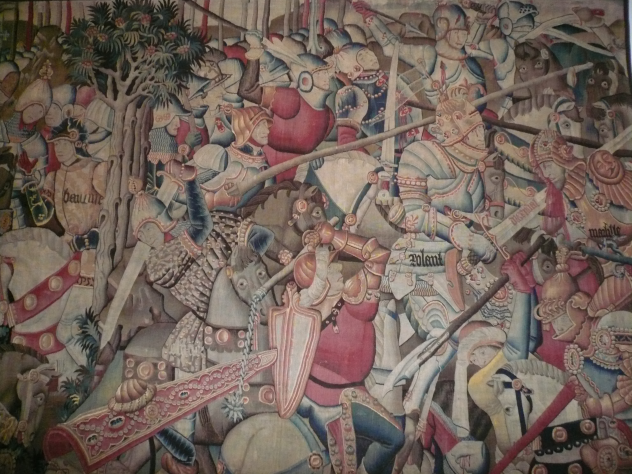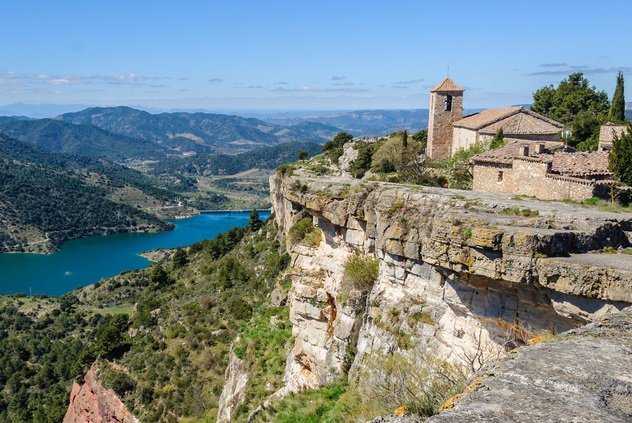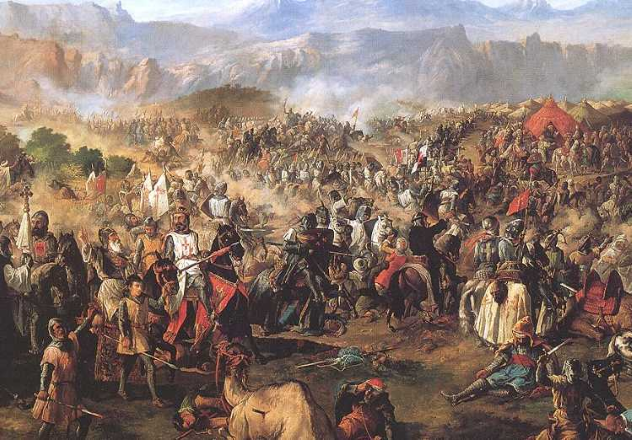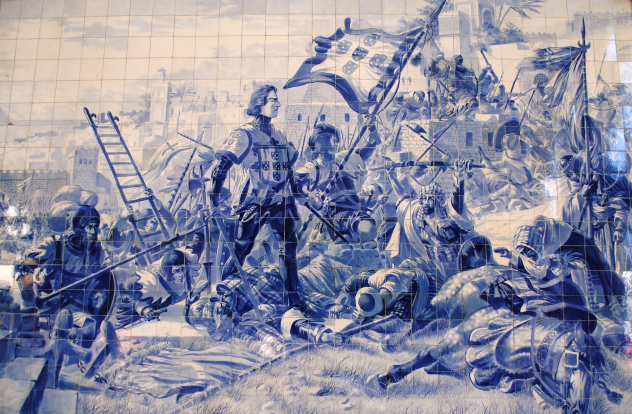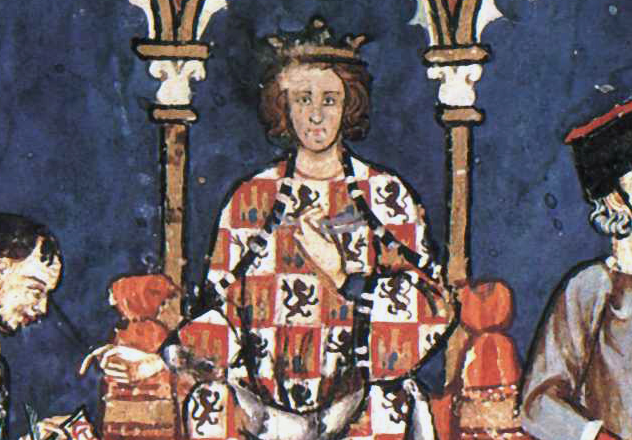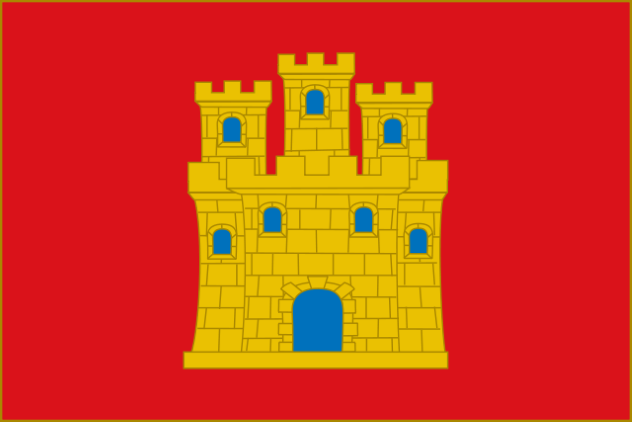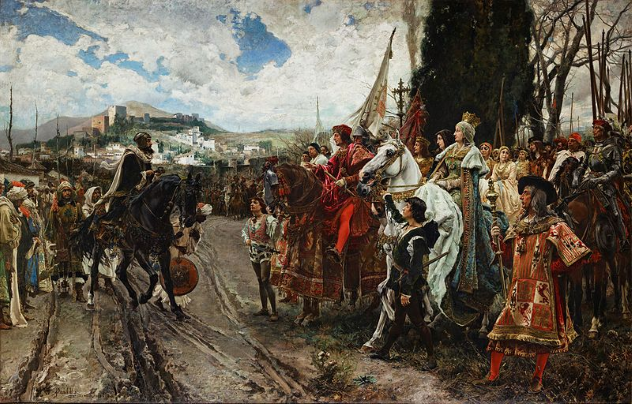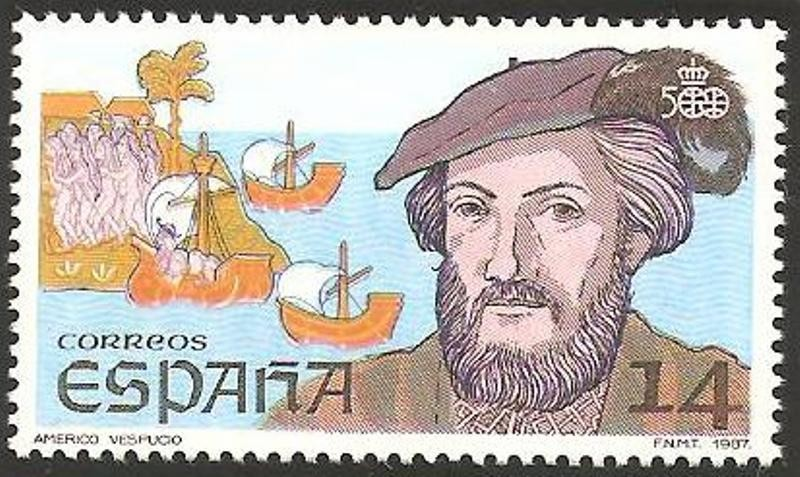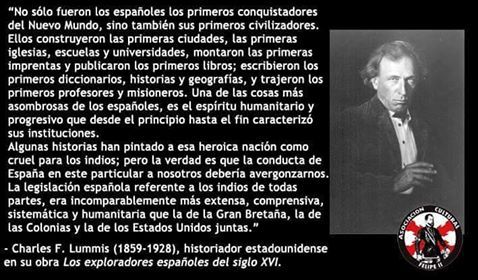|
Information from the time of Jesus Christ through the Middle-Ages
comes primarily from information saved by Google from distant memory and
ancient writings by St. Isidoro, a bishop of Spain who during the sixth
century had many manuscripts copied, some in a high state of decay, to
bring us the stories of the saints of the Church from the time of Jesus
Christ to about 550 AD.
Information on Islam comes from sources from the last seventy
years.
Dedication
I dedicate this writing to my mother, Guadalupe “Lupita”
Salinas Fernandez for being the rock of our family, of our religious
beliefs. Her influence
taught my father, Fidel, and her children to attend Church on Sundays and
Holy Days of obligation, to receive the Holy Sacraments, and to receive a
Catholic education. She was
fearless in her beliefs, and had the courage to stand up and tell it like
it is, about her Catholic Faith. With
her, there were no compromises between her religion and any other
religion. This work is dedicated to her also because she was a dedicated
wife and mother who showed her love for her family by her attention to
every detail of their physical and spiritual health.
Introduction
……………………………………………………………………………2
Acknowledgements
…………………………………………………………………….3
Dedication………………………………………………………………………………4
Table of
Contents ..……………………………………………………………………..5
Volume 1 – Spain: Christianity Arrives during rule by Roman
Empire, 34 to ~400 AD
Volume 2 – Spain: Christianity under
the Visigoths, ~400 to 714 AD
Volume
3 – Spain: Christianity under the Muslims, ~700 to 1492
AD…………………..13
Chapter 1 – The Emergence of
Islam……………………………………………...13
1.
Introduction………………………………………………………………...14
2.
What
is
Islam?...........................................................................................15
3.
The
Life of Muhammad
a.
Introduction…………………………………………………………
….15
b.
His
Birth………………………………………………………………...15
c.
Early
Life……………………………………………………………….16
d.
Early
Manhood …………………………………………………………16
e.
The
Wives of Muhammed…
…………………………………………..17
4.
Revelations
to Muhammed from a Supernatural Entity
a.
The
Start of His
Revelations…………………………………………..... 17
b.
Something
Sinister in his
Visions………………………………………...18
c.
The
Quran or
Koran
…………………………………………………...19
5.
Quran
Blasphemes, Confuses, and Contradicts the Word of God
a.
Introduction
……………………………………………………………..20
b.
The
Holy
Trinity…………………………………………………………...21
c.
Crucifixion
of
Jesus
……………………………………………………..21
d.
The
Annunciation .
……………………………………………………….21
e.
After
Death Destination of
Christians ………… …………………………21
f.
Death
of
Jesus. ……………………………………………………..…….22
g.
Son
of God is an
Abomination……………………………………………22
h.
Nonbelievers……………………………………………………………….22
i.
Mercy
Towards
Sinners…………………………………………………..22
j.
Allah
the Distant
One ……………………………………………………..23
k.
Allah’s
Hate………………………………………………………………..23
l.
Is
God the Father,
Allah?.........................................................................23
m.
Other Contradictions and Confusion of
the Quran
i.
Introduction
…………………………………………………………23
ii.
Adam
and
Eve ……………………………………...……………….23
iii.
Honor
your Mother……………………………………………………23
iv.
Dignity
of Women…………………………………………………….23
v.
Wives
are “your
fields ”……………………………………………..24
6.
Jihad:
What is it, and when did it start?
a.
Introduction
…………………………………………………………..24
b. Jihad during
the life of Muhammed……………………………………...24
c.
First
Jihad
……………………………………………………………….25
Notes for Chapter
1
………………………………………………………..27
Chapter 2 – The Invasion of the Iberian Peninsula by the Muslim
Hordes, 714 AD
Chapter
3 – Christian Life under Muslim Rule
1.
Lay
People
a.
?
– 29 May ? St. Segundo, Martyr, Cordova
b.
?
– 24 Oct ? Saints Lupo & Aurelia, Cordova
c.
?
– 25 Dec 1033, Saints Narciso & Garci Fernandez, Martyrs, Cordova
d.
?
– 18 Jun ?, Saints Cyriaco and Paula, Martyrs, Malaga
e.
?
– 23 May ?, Saints Epitacio and Basileo, Martyrs
f.
?
- ?, St. Anastasio & Seventy Companions, Martyrs, Barcelona
g.
?
– 13 Oct ?, Saints Faustino, Marco & Andria, Martyrs
h.
?
– 11 Dec ?, St. Genciano, Martyr
2.
Priests
and Deacons
3.
Bishops
4.
Converts
to Christianity
Chapter 4 – Divine Intervention against the Muslims, 715 to
1492 AD
1.
Battle
at Covadonga, ~ 720 AD
2.
Attempted
Desecration of the Cathedral of St. James the Apostle, ~780 AD
3.
Battle
at Clavijo, 840 AD
4.
Battle
at Simancas, 939 AD
5.
Attempted
Desecration of the Monastery of St. Claudio, Order of St. Benedict, ~997
AD
6.
Second
Attempt to Desecrate the Tomb of St. James the Apostle, ~ 1000 AD
7.
Muslim
Caliph Fakes Conversion to Christianity to Marry Christian Princess, ~1002
AD
8.
Battle
at Calatanazor, ~1037 AD
Volume 3
Spain,
Christianity under the Muslims, ~700 to 1492 AD
Chapter 1
The Emergence
of Islam
1.
Introduction. I have
started this chapter several times, and now I have come to a conclusion
about Islam, after having re-written and researched the rest of this
chapter. The conclusion is
that Islam does include peaceful, prayerful people, but, because of
the way the Koran or Quran is written, it also feeds the mad frenzy of
misguided, confused, psychopaths within Islam towards hatred and
destruction, not only towards their own Muslim people, but of non-Muslim
people as well. If Islam ruled the entire world, it would never be at
peace. An example of the Quran’s confused writing is Surah (Chapter)
14:4 which states that Allah “…leads astray those whom he pleases and
guides whom he pleases and He is exalted in power, full of wisdom.” From
these “wise words” of Allah, conflict can only result between peaceful
and fanatic Muslims, and between fanatic Muslims and all non-Muslim
peoples. We can see this happening today, during the year 2016, with
suicide bombers by fanatic Sunni Muslims against innocent Shia Muslims at
market places in their homeland, and killings and bombings by either
fanatic Shia or fanatic Sunni Muslims in many Muslim and non-Muslim
countries. “No wonder there is no security in Islam. One can be the most
faithful of all believers in Allah and still rightly be sent to hell.”2
The only Muslim who will go to paradise for sure, according to the Quran,
is he who “participates in [holy battles] in Allah’s cause…he will
be recompensed by Allah either with a reward, or booty [if he survives] or
will be admitted to Paradise [if he is killed in the battle as a
martyr].”3 Can there be any doubt that the Holy Spirit did
not inspire the Quran or Koran?
The yoke placed upon peaceful Muslims by the Quran is excessive and is not
what our triune God intends for anyone. Jesus Christ, the Son of God,
said, “Come to me, all you who labor and are burdened, and I will give
you rest. Take my yoke upon you, and learn from me, for I am meek and
humble of heart; and you will find rest for your souls. For my yoke is
easy, and my burden light.” (Matt 11:28-30)16
Peaceful Muslims should not worry that the Quran says they might or might
not go to heaven depending on Allah’s wishes. The reason for this is
that “The Muslim is commanded in the Quran to ‘Obey God and His
Apostle’ (surah 3:32) and to follow his ‘exemplar example.’ As a
result, the more devoutly one understands the Quran and follows the
“exemplar,” the less certain one will be of reaching Paradise.
Further, the more sensitive one is to his or her moral failures, the more
spiritually anxious one must become.”2 There is firm guidance
from our Lord Jesus Christ on going to heaven: “Blessed are the poor in
spirit, for theirs is the kingdom of heaven. Blessed are the meek, for
they shall possess the earth. Blessed are they who mourn, for they shall
be comforted. Blessed are they who hunger and thirst for justice, for they
shall be satisfied. Blessed are the merciful, for they shall obtain mercy.
Blessed are the clean of heart, for they shall see God. Blessed are the
peacemakers, for they shall be called children of God. Blessed are they
who suffer persecution for justice’s sake, for theirs is the kingdom of
heaven. Blessed are you when men reproach you, and persecute you, and
speaking falsely, say all manner of evil against you, for my sake. Rejoice
and exult, because your reward is great in heaven; for so did they
persecute the prophets who were before you.” (Matt 5:3-12)
2.
What
is Islam? The word Islam means “submitting oneself or one’s person to
God.”4 The creed of the Muslim faith under Islam is, “There
is but one God and Mohammad is His Apostle.”5 This phrase
does not appear “in composite form anywhere in the Quran, but
separately”, and taken together they form sort of a creed. The name
“Islam” goes back to the time when Muhammad was preaching in his
native city of Mecca in early 600 AD. The Muslims adopted the year 622 AD
as the first year of the Muhammadan era. Islam is not just a set of
private religious beliefs, but includes the creation of an independent
community, with its own system of government, laws, and institutions. As
will be seen later, its teachings in the Quran encourages the submission
of non-believers.6
Within six years after Muhammadan died in 632 AD, Syria and Iraq were
conquered by Muslims, and four years after that, Egypt fell as well. Within
one hundred years, Islam spread over northern and eastern Arabia, southern
Iraq, Morroco, Spain, Turkey, and far into central Asia. This confirmed to
the rest of the world that Islam was a strong, self confident and
conquering faith. It was definitely not a “religion of peace.”7
However, before Islam came to Arabia, “…one tribe fought another, in a
murderous cycle of vendetta and counter-vendetta…that it seemed to Arabs
that they were a lost race…ignored by God himself.”8 But
Islam changed their lives. They were forced to act civilized, initially.
3.
The
Life of Muhammad9
a.
Introduction. Muḥammad ibn ʿAbdullāh
ibn Abdul-Muttalib ibn Hashim,10 in short form Muhammad, is the inventor
of the Muslim cult. He appears to have been influenced by some
supernatural entity, whom he calls “Allah.” There is much information
on Muhammad’s birth, life, and communication with this “entity,” who
guided him into rewriting the Holy Bible, which was inspired by Almighty
God, but which Muhammad said was corrupted. This mysterious “entity”
guided Muhammad in writing the Qur’an or Koran, “the Mother of
Books.”11 Many of Muhammad’s disciples called the Muslim
cult, “a religion of peace.”12 Yet, if one examines the
historical growth of Islam, one will find “a trail of blood.”13
Since 9/11, Islamic terrorists have carried out more than 28,000 deadly
terrorist attacks.14 One will come away with the knowledge of a
religion which appears to be diabolical.
The religion, as followed by its people, is full of contradictions,
heresy, jealousy, envy, anger, hate, war, insurrection, sexual depravity,
destruction of all civilizations, including all religions not of Islam
stock, or any Islamic religion not of their own particular cult. Islam
supports and preaches subjection of all women to lives of slavery, and
more. This is what happened to Spain from the eight to the fifteenth
centuries (as will explained in later chapters), and it goes on today,
during the 21st century in various degrees, over the entire
free world.
b.
His Birth. Muhammad was born about 570 AD in Mecca,
and died on 8 June
632 AD15. The Old
Testament does not announce his coming, nor what he was to accomplish for
the kingdom of God. Muhammad’s father, Abdullah, died before
Muhammad’s birth. Nothing else is known about him. His mother, Amina,
died when he was six years oldj. It is not known if the
Archangel Gabriel appeared to Amina to tell her something similar to what
the Archangel Gabriel said to Mary: “Hail full of grace, the Lord is
with thee. Blessed art thou among women…Don’t be afraid Mary, for thou
has found favor with God. Behold, thou shall conceive in thy womb and
shall bring forth a son; and thou shalt call his name Jesus. He shall be
great, and shall be called the Son of the Most High; and the Lord God will
give him the throne of David his father, and he shall be king over the
house of Jacob forever; and of his kingdom there shall be no end.” (Luke
1:28-33) When Amina was pregnant, it is not known if a friend or
relative of hers ever told her something similar to what cousin Elizabeth
”inspired by the Holy Spirit,” said to the Virgin Mary, “Blessed art
thou among women and blessed is the fruit of thy womb! And how have I
deserved that the mother of my Lord should come to me? For behold, the
moment that the sound of thy greeting came to my ears, the babe in my womb
leapt for joy. And blessed is she who has believed, because the things
promised her by the Lord shall be accomplished.” (Luke 1: 42-45)
It has not
been written that the night Muhammad was born, an angel of the Lord
appeared to poor peasants or shepherds as when Jesus was born, and told
the shepherds, “’Do not be afraid, for behold, I bring you good news
of great joy which shall be to all the people; for today, in the town of
David, a Savior has been born to you, who is Christ the Lord. And this
shall be a sign to you: you will find an infant wrapped in swaddling
clothes and lying in a manger.’ And suddenly there was with the angel a
multitude of the heavenly host praising God and saying, ‘Glory to God in
the highest, and on earth peace among men of good will.’” (Luke 2:9
– 14) I do not know if the male descendents of Ishmael (son of Abraham
and his slave girl) had to be circumsized as Jews (Jesus) were, per
God’s command. It has not been written that when, and if Muhammad
was circumsized, that a prophet like Simeon, who was “inspired by the
Holy Spirit,” held baby Jesus in his arms “and blessed God saying,
‘Now thou dost dismiss thy servant, O Lord, according to they word, in
peace; because my eyes have seen your salvation, which thou hast prepared
before the face of all peoples; a light of revelation to the Gentiles, and
a glory for thy people Israel.’” (Luke 2:28 – 32)
c.
Early Life. Muhammad was part of the dominant Quraysh
tribe which ruled
Mecca at the
time, but he belonged to a weak clan within the Quraysh17. Its
“duty was to keep the Ka’aba, a stone used for various offerings to
pagan deities.”18 He never learned to read nor write. After
his mother died, his grandfather, Abd al-Muttalib took care of him, but
after two years he died as well. Then Muhammad’s uncle Abu Talib became
his guardian. It is said that Muhammed lived a normal life, and never
participated in the pagan activities of Meccan life, but I am not certain
of this. It is not known if Muhammad ever studied or learn the Law of
Moses and the Prophets of the Old Testament writings as Jesus did.
Probably Muhammad did not because he could neither read nor write. Holy
Scripture says that from early boyhood Jesus “advanced in wisdom and age
and grace before God and men.” (Luke 2:52)
d.
Early Manhood.
In the Old Testament, I could not find a prophecy about a
Herald who
was sent before Muhammad, such as John the Baptist, who preached before
the appearance of Jesus: “Make ready the way of the Lord, make straight
His paths. Every valley shall
be filled, and every mountain and hill shall be brought low, and the
crooked ways shall be made straight, and the rough ways smooth; and all
mankind shall see the salvation of God.” Luke (3:4 – 6) I have not
found anywhere, that God himself talked to Muhammad as he did Jesus when
he said, “Thou art my beloved Son; in thee I am well pleased.” Luke
(3:22)
e.
The Wives of Muhammad. When Muhammad
was twenty five years old, he married a wealthy widow, Khadija, “who was
the love of his life.”18 She was fifteen years older than he,
and by her had two sons, who died, and four daughters. For Khadija, he
conducted successful caravan trading to Syria for many years. Khadija died
when he was fifty years old. It was after the death of his first wife that
he came to have eleven other wives and concubines.19 Among his
wives, there was one he bethroth at the age of eight (some say six), whose
name was Aishad, around 623 AD. She was the daughter of Muhammad’s right
hand man, Abu Bakar As Siddiq. Supposedly, Aishad was nine years old when
she and Muhammad consummated their marriage.19
“The
prophet (Muhammad) used to visit all his wives in an hour round, during
the day and night and they were eleven in number…the prophet was given
the strength of thirty men,” a tribute to his “sexual prowess.”20
However, Jesus never married but dedicated his whole being to doing what
he “sees his Father doing.” (John 5:19)
In a book,
“Know your Islam,” it says that “girls [must] observe the
essentials, such as praying five times a day, at the age earlier than
boys.” The Muslem teacher
explained that girls mature sooner. They reach “obligatory age” of
practice at nine compared to thirteen for boys.21 This probably
came about because the age of Muhammad’s youngest wife, Aishad, was
nine, when they consummated their marriage.
4.
Revelations
to Muhammed from a Supernatural Entity.
a.
The
Start of His Revelations. These revelations brought great terror to Muhammad starting when he was
forty years old. An archangel he named “Gabriel” appeared to him
several times with a “command from God…to ‘Read!’” He did not
know how to read nor write. After each vision vanished, he was terrified
and felt he was possessed by “an evil spirit.” “…what major
prophet doubts the source of his prophetic revelation? The Bible’s
prophets occasionally wondered how God [would] vindicate His words, but
there is never any doubt that He had spoken. Certainly no major prophet in
the Bible attributes God’s revelation to demons, as Muhammad believed
that he was demon-possessed after Allah’s revelation.”22
It was
Muhammad’s first wife, Khadija, who consoled him and admonished him that
Allah would never “disgrace him” because he had good relations with
his relatives, with the poor and destitute, and serve his guests
generously, as noted in the Hadith, which records the oral tradition which
Muslims have closely guarded …from the days of the prophet’s life.”23
However, “Khadija was a woman. Islamic theology asserts that women are
intellectually inferior to men. One Hadith explains, ‘The Prophet
(Muhammad) said,”Isn’t the witness of a woman equal to half of that of
a man?”’…Yet it was Khadija who confirmed Muhammad’s
revelations…She assured her husband that he was going to be ‘the
Prophet of this nation.’”25 And Muhammad believed her.
b.
Something
Sinister in his Visions. Muhammad suffered uncontrollable convulsions during
his visions. As time went on, the revelations became more eccentric, such
as Muhammad speaking to the dead, and his revelations varied from Satan
and Allah. In 1980, “Satanic
Verses26,” a book written by Salman Rushdie, exposed evil in
the Quran by identifyng some of these verses. He quotes the Quran: “Did
you consider al-hat and al-Uzza…And al-Manat, (these are goddesses at
Medina) the third, the other? Those are the swans exalted; their
intercession is expected; their likes are not neglected.” This verse
commanded the Muslims to intercede to certain idols. Muhammad’s
“shocked” followers complained, and Muhammad changed it, conveniently,
almost immediately when the angel “Gabriel” supposedly provided new
guidance declaring, “God cancels what Satan interjects.” Because of
this book, Iran’s Ayatollah Khomeini declared a “fatwa” (jihad)
against Rushdie.27
The Quran
states: “No change can there be in the words of Allah.” (Surah 10:
64); and, “There is none that can alter the words of Allah.” (Surah
6:34)28 Yet, on several occasions, Muhammad felt compelled to
improve on the words of Allah by adding or subtracting words which Allah
is supposed to have given him. Some followers left Muhammad after noticing
several corrections by him to words given him by “God” which are
supposed to be perfect. “After fourteen hundred years later, the curious
seeker must ask the same question as the scribe ‘Abdollah: ‘How can a
mere messenger of Allah [Muhammad] have the right, power, or arrogance to
change the very words of God?’ Even if the source were God Himself, the
Qur’an cannot be trusted, since its human author was careless and
inconsiderate with the revelation.”24 The people of his time
labeled Muhammad “a lunatic, a liar, and demon possessed.”29
One huge
change he made to the Old Testament concerns Ismael, the illegitimate son
of Abraham by his Egyptian maid named Agar. Muhammad changed Issac as the
inheritor of Abraham’s blessing, per the Old Testament, and made Ismael,
the primary son of Abraham and inheritor of the special blessing.
According to Muhammad, Ismael is the one who Abraham almost sacrificed to
God on the mountain, but was stopped by an angel, because Abraham trusted
the word of God. However, in the Holy Bible, Issac was his son through
Sara, and he was the one Abraham almost sacrificed to the Lord. (Genesis
22). “…God said to Abraham, ‘Be not distressed on account of the boy
(Ismael) and your slave-girl (Agar); heed all that Sara says to you; for
through Isaac shall your descendants be called. But I will also make the
son of the slave-girl a great nation because he is your offspring.’”
(Genesis 21: 12 - 13) Furthermore,
“the Angel of the Lord said to Agar, ‘He (Ismael) shall be a wild ass
of a man, his hand against everyone, and everyone’s hand against him; he
shall dwell apart, opposing all his kinsmen.’” Genesis (16:12)
Ismael’s violent behavior seems to have been passed down to the Arabians
as is prophesied in the Old Testament. No wonder Arabian Muslims are in
constant conflict among themselves and against the world. They have
inherited Ismael’s DNA.
c.
The Quran or Koran. (The Koran is
spelled “Quran” in the book “Unveiling Islam” by two Muslim
converts to Christianity. So, I will use the spelling Quran for this
writing.) The
Quran is described by Thomas Carlyle (1795 – 1881), “as toilsome
reading as I ever undertook, a wearisome, confused jumble, crude,
incondite, endless iterations, long windedness, entanglement
and…insupportable stupidity.”31 I would describe the Quran
as somewhat similar, but not as colorfully. Suggest the reader get a copy
at a Thrift Store or Goodwill for about ninety nine cents and read it
yourself.
The Koran is
written in such a form as if “Allah” is insecure about himself, that
he will not be believed unless tells us that he is “compassionate and
merciful,” “he knoweth what ye deserve,” he is “all hearing and
knowing,” “he is supreme over his servants,” “he is the Wise, the
Cognisant,” “the Mighty, the Wise,” “the Subtil, the
All-informed,” and on and on after almost every page of the Koran64.
There is absolutely no true compassion, nor love or intimacy shown for his
creation.
The Quran was
written about six centuries after Jesus Christ, and it rewrites the Old
and the New Testaments allowing for Islam’s beliefs.11 The
Holy Bible says, “And if anyone shall take away from the words of the
book of this prophecy, God will take away his portion from the tree of
life, and from the holy city and from the things that are written in this
book.” (Rev 22:19) Immediately, the Quran is shown to be not from our
triune God. No where is it written in the Quran that it was inspired by
the Holy Spirit, as the Holy Bible was. “…the Koran’s message is all
over the bloody map. Compassion and contempt exist side by side. Look at
its take on women. Hopeful and hateful versus stand only lines away from
each other. So, too, with religious diversity. There’s no single thrust
in this perfect, indisputable, and straightforward text. The Koran’s
perfection is ultimately suspect.”32 “…the Koran is so
profoundly at war with itself that Muslims who ‘live by the book’ have
no choice but to choose what to emphasize and what to down play.”33
Therefore it is defective. This is another strong reason why the
Quran is not the word of God. It appears to be not only the word of some
“supernatural entity they call Allah,” to deceive, but also soiled
from inputs of imperfect, immoral men.
Muslims call
the Quran, the “Mother of Books” because, “Muslims are routinely
taught that the Koran is the final manifesto of God’s will, displacing
the Bible and the Torah.”34 According to Muslims, the Quran
is “an exact word-for-word [dictated] copy of God’s final
revelation.”35 Because Muhammad could not read nor write, nor
could he predict when his violent seizures would occur during which he
received “revelations” from Allah, his literate companions had to
memorize each new revelation, or write down at a moment’s notice, what
he said on whatever was available, such as “leg or thigh bones of dead
animals…palm leaves, skins, mats, stones, and bark…when nothing was
available, his literate followers tried to memorize what he was saying”36
So, apart from not being inspired by the Holy Spirit, another reason why
this information is not infallible is because of its dependence on the
fraile memories of his companions. And I would say from personal
experience that most times I only remember parts and pieces of what I hear
after a period of time.
During the
time of the third caliph, Uthman (644-656 AD), various versions of the
Quran had spread across the Islamic community. Uthman commanded that the
Quran be standardized. He was hated so intensely by the Muslims, that
after his death, “… his body was left unburied for many days.”37
Uthman was the one who selected “the Quran manuscript of Hafsah as the
model” only because “its Qoraishi dialect was the language spoken by
Muhammad and was considered ‘standard’ Arabic.”36 What
more does this say about the holiness and perfection of the “mother of
all books?”
The Quran
consists of 114 chapters called surahs. The Holy Bible has over eleven
hundred chapters. The Quran says in Surah 85:21-22, “Nay, this is a
glorious Qur’an [inscribed] in a tablet preserved.”
To the Muslim scholars this means that “the tablets have always
existed in heaven…”35
5.
Quran
Blasphemes, Confuses and Contradicts the Word of the Triune God.
a.
Introduction.
During the early manhood years of
Muhammad, before he started receiving revelations from the supernatural
entity, he appears to have been exposed to Christian heresies, which gave
him the wrong knowledge about Jesus Christ. Since he could not read, he
had to rely on his literal companions for information which was written.
These two heresies, which existed in Egypt and Arabian, were, Arianism and
Nestorianism, respectively. The Arian heresy38 supported the
belief that Jesus was not God, but created by God to do his commands. The
Nestorian heresy39 said that Jesus had two separate natures, a
human and a divine nature. The Jews did not believe that Jesus was God
either.
In the
beginning, Surah 2:136 noted, “Say ye ‘We believe in Allah, and the
revelation given to us, and to Abraham, Ismail (Ishmael), Jacob, and the
Tribes, and that given to Moses, and Jesus, and that given to all prophets
from their Lord; we make no difference between them.” In Surah 3:2-3 it
even says, “He sent down the Law (of Moses) and the Gospel (of
Jesus)…as a guide to mankind.”40 Surah 10:37 confirms what
came before Muhammad, “The Quran is…a confirmation of (revelations)
that went before it.”
Around 624
AD, the Jews rejected Muhammad as an authentic prophet. “This rejection
was one of the greatest disappointments of his life.”41 He
had been cozying up to the Jews because of their belief in one God, and
even had his followers pray on Fridays before the Jewish Sabbath, and to
face Jerusalem when they prayed. The Jews would not accept his Koran nor
him as prophet. After this incident, he directed his followers to face
towards Mecca, and stop any kind references to Jews. Then appears a
clarification in the Quran, Surah 3:71 & 78) “You People of the
Book! Why do you clothe truth with falsehood and conceal the truth, while
you have knowledge? There is among them a section who distort the Book
with their tongues: you would think it is part of the Book, but it is no
part of the Book”28
Presently,
“Many teachings in the Quran directly contradict the Bible.”42
Who or what supernatural entity is behind the lies of the Quran? Jesus
said in John 8:44, to faithless Jews, “You are of your father the devil, and you want
to do the desires of your father. He was a murderer from the beginning,
and does not stand in the truth because there is no truth in him. Whenever
he speaks a lie, he speaks from his own nature, for he is a liar and the
father of lies.” It is clear that lies and distortions of truth have
their source in Satan.
b.
The
Holy Trinity. According to the Quran
(surah 5:116), Christians worship three gods: the
Father, the Mother (Mary), and the Son (Jesus)42.
Jesus said to
his disciples, “Go, therefore, and make disciples of all nations,
baptizing them in the name of the Father, and of the Son, and of all the
Holy Spirit, teaching them to observe all that I have commanded you; and
behold, I am with you all days, even unto the consummation of the
world.” (Matt 28: 19 – 20) The Christian Church believes that God is a
triune-God, one God in three persons: Father, Son, and Holy Spirit.
c.
Crucifixion of Jesus. The Quran (surah
4:157) states that the Jews boast of killing Jesus Christ, but they did
not. They just made it look like it.43
The Bible
says: “Now there were standing by the cross of Jesus his mother and his
mother’s sister, Mary of Cleophas, and Mary Magdalene. When Jesus,
therefore, saw his mother and the disciple standing by, whom he loved, he
said to his mother, ‘Woman behold, they son.’ Then he said to the
disciple, ‘Behold, thy mother.’ And from that hour the disciple took
her into his home. After this Jesus, knowing that all things were now
accomplished, that the Scripture might be fulfilled, said, ‘I thirst.’
Now there was standing there a vessel full of common wine; and having put
a sponge soaked with the wine on a stalk of hyssop, they put it to his
mouth. Therefore, when Jesus had taken the wine, he said, ‘It is
consummated.’ And bowing his head, he gave up his spirit.” (John 19:
25 – 30) It is a fact that Jesus died on the cross, as written in the
Holy Bible.
d.
The
Annunciation. Surah 19:17-21, states that one angel visited the Virgin Mary. However,
Surahs 3:42 and 45, mention that several angels were present at the
annunciation44.
The Bible
says: “Now on the sixth month, the angel Gabriel was sent from God to a
town of Galilee called Nazareth, to a virgin betrothed to a man named
Joseph, of the house of David, and the virgin’s name was Mary.” (Luke
1: 26 – 27) There was only one angel at the annunciation, Gabriel, the
Archangel.
e.
After
Death Destination of Christians. Surahs 2:62 and 5:69 teach that
Christians shall enter paradise, but surahs 5:72 and 3:85 say they will go
to hell45.
The Holy
Bible says: “But when the Son of man shall come in his majesty, and all
the angels with him, then he will sit on the throne of his glory; and
before him will be gathered all the nations, and he will separate them one
from another, as the shepherd separates the sheep from the goats; and he
will set the sheep on his right hand, but the goats on the left…Then the
king will say to those on his right hand, ‘Come, blessed of my Father,
take possession of the kingdom prepared for you from the foundation of the
world… Then he will say to those on his left hand, ‘Depart from me,
accursed ones, into the everlasting fire which was prepared for the devil
and his angels…” (Matt 25: 31 – 41)
f.
Death
of Jesus. Surah 4:158 says that Jesus was raised by God without death.
The Holy Bible says in Luke
24: 46 – 49: “And he said to them: ‘Thus it is written: and thus the
Christ should suffer, and should rise again from the dead on the third
day; and that repentance be preached in his name to all the nations,
beginning from Jerusalem. And you yourselves are witnesses of these
things. And I send forth upon you the promise of my Father. But wait here
in the city, until you are clothed with power from on high.’”
g.
Son
of God is an Abomination. “It is an abominable assumption…not worthy of Allah
that he should take to himself a son” (Surah 19:88-92). In making many
changes to the Old Testament, Muhammed came to view the followers of Moses
and Jesus as “children of Satan.”46
The Holy
Bible states, “And the unclean spirits, whenever they beheld him, fell
down before him and cried out, saying, ‘Thou art the Son of God.’ And
he charged them strictly not to make him known.” (Mark 3: 11-12) And
also, Mark (5:6 – 8) says, “And when he saw Jesus from afar, he ran
and worshipped him, and crying out with a loud voice, he said, ‘What
have I to do with thee, Jesus, Son of the Most High God? I adjure thee by
God, do not torment me!’ For Jesus was saying to him, ‘Go out of the
man, thou unclean spirit.’”
h.
Nonbelievers. “Fight those who do not believe in Allah nor in the
last day.” (Surah 9:29)
The
Bible says, “But I say to you who are listening: Love your enemies; do
good to those who hate you. Bless those who curse you, pray for those who
calumniate you. And to him who strikes thee on the one cheek, offer the
other also; and from him who takes away thy cloak, do not withhold thy
tunic either. Give to everyone who asks of thee, and from him who takes
away thy goods, ask no return. And even as you wish men to do to you, so
also do you to them.” Luke (6: 27 – 31)
i.
Mercy
towards Sinners. Per
the Quran, whether one goes to heaven is based on a subjective decision by
Allah, no matter how good or how bad one has been. Some will go to heaven
even though they do not deserve it. A Moslem scholar says, “[Allah’s]
mercy is also shown in the belief that after a certain period of time
[Allah] himself will bring a large number of the damned from hell [to
heaven], not because of their own merit, but to demonstrate his compassion
on his creatures.47” These scholars don’t know
what heaven and hell are.
Matt (25: 45 – 46)
Jesus said that at the Last Judgement, he will say to the accursed,
“’Depart from me, accursed ones into the everlasting fire which was
prepared for the devil and his angels’…And these will go into
everlasting punishment, but the just into everlasting life.”
j.
Allah
the Distant One. The
most faithful and devote Muslim relates to Allah as a servant to master.
With Allah, there is an “absence of intimacy, atonement, and
omnibenevolence.48” However, Jesus referred to God the Father
as “Abba,” (Mark 14:36) a term of endearment for a loving parent.
Allah is revered as merciful by Muslims, only because he did not kill or
leave in peril the devotee. Our triune God, Yahweh, is a caring, loving,
and intimately involved Father.48 Jesus also taught the
Apostles how to pray by teaching the “Our Father.”
j.
The
Hate of Allah. He
hates the infidel (non-Muslims). Allah is to be worshiped, and any who do
not must be defeated, silenced or expelled. “The theme is conquest not
conversion of the unbelieving world.”49
However,
in Luke 6: 27 – 28, Jesus says, “Love your enemies; do good to those
who hate you. Bless those who curse you, pray for those who calumniate
you.”
k.
Is
God the Father Allah? Allah
is not three persons in one God. He is not a triune God. Allah does not
have a Son named Jesus Christ. (Surah 19: 88-92) Allah is not a Redeemer,
nor “atoning Lamb of God.” Allah is not “Abba.” God loves all his
creation, even the sinner and the infidel. “Allah’s heart is set
against the infidel.”49
l.
Other
Contradictions and Confusion of the Quran
i.
Introduction. “To
mainstream Christians and Jews it is obvious, but not to Muslims, that the
Muslims have been raised to believe that the Quran lays it all out for us
[Muslims] in a ‘straight path,’ and that our sole duty, and right, it
to imitate it. This is a big lie. Do you hear me? A big, beard-faced
lie.”50 The Quran is “so at war with itself that Muslims
who ‘live by the book’ have no choice but to choose what to emphasize
and what to downplay.”51
ii.
Adam
and Eve. The
Koran is silent as to who God created first, Adam or Eve.
It says that God breathed life into a “single soul.” From that
one soul, God created its spouse. “Whose soul is it, and who is the
spouse?” There is no mention of Adam’s rib.52
iii.
Honor
your Mother. The
Quran states, “Honor the mothers who bore you.
God is ever watching over
you.” But a few lines later it says, “Men have authority over women
because God has made the one superior to the other, and because they spend
their wealth to maintain them. Good women are obedient…As for those from
whom you fear disobedience, admonish them, forsake them in beds apart, and
beat them.” So much for honor and God watching over you. The beating can
occur only if the man “fears her disobedience…His insecurity is
her problem.”52
iv.
Dignity
of Women. In
1990, a human rights charter of the Muslims, the Cairo
Declaration,
included the right “of men and women to enjoy equal dignity.” The next
clause proclaims the husband as responsible for the support and welfare of
the family, which the Koran claims gives the husband “authority over
women.” The beating of the wife goes along with that. The Quran gives
enough leeway to the man “to flog women on the flimsiest of charges.”53
v.
Wives
are “your fields.” The
Quran states “Women are your fields…Go,
then, into your fields when
you please. Do good works and fear God.” Said another way, women are
your property. You can go into them whenever you like. Muslim scholars
(men) explain this passage, “as a defense of foreplay. Like fields,
women need tender loving care in order to turn sperm into real human
beings. The farmer’s ‘seed is worthless unless you have the fertile
land that will give it growth.’”53
6.
Jihad:
What is it, and when did it start?
a.
Introduction.
There
are two meanings to jihad. Among Muslims, jihad is a war
or struggle against
unbelievers. Islam also defines jihad as the spiritual struggle within
one’s self against sin.54 The destruction of the “Two
Towers” in New York on 11 Sep 2001 was defined by Bin Ladin as “a blow
for the fatwa (declared jihad) that had been signed two years before as a
virtual declaration of war on the West. He spoke of the universal call to
jihad and the obligation to fight.”55
When the two towers were
brought down, Muslims in the free world screamed “With morose
faces…that our [Muslim] faith had been ‘hijacked.’”56
This statement was said as if “our religion was an innocent bystander in
violence perpetrated by Muslims. Hijacked.” This word or response was
intended to aquit “mainstream Muslims of the responsibility to be self
critical.” What this means is “coming clean about the nasty side of
the Koran, and how it informs terrorism.”57 The “mantra”
which was heard was that “The Koran makes it absolutely clear when jihad
can and can’t be pursued, and [that] the terrorists unquestionably broke
the rules.” Some influential Muslims said that in the Quran, “’Allah
says in unequivocal terms that to kill an innocent being is like killing
entire humanity.’ Wishful whitewashing.” The Quran actually “bestows
wiggle room.” It actually
reads, “’We laid it down for the Israelites that whoever killed a
human being, except as punishment for murder or other villainy in the
land, shall be regarded as having killed all mankind.’ Sadly, the clause
starting with ‘except’ can be deployed by militant Muslims to fuel
their jihads.”57 There is “a fancy dance of evasion going
on…by a deep-seated assumption that the Koran is perfect, so there must
be perfectly valid reasons for the hate it often preaches.”58
But that was not the
first jihad declared by Muslims against non-believers. The next chapter
introduces the advances of Muslim conquests against non-believers since
the seventh century jihad, especially against the Christians in Spain,
with the emergence of Islam.
b.
Jihad
during the life of Muhammad. To discuss Muhammad’s life is one thing, and to imitate him is quite
another. “Muhammad commanded in the Quran (Surah 9:5) ‘Fight and slay
the Pagans wherever you find them.’ This passage allows either of two
interpretations: It is descriptive, explaining how Muhammad fought the
pagan tribes of the Arabian Peninsula in the seventh century, or it is
prescriptive, [and] demanding that believers carry on the fight until
Allah is completely victorious. Fanatic followers of Muhammad have taken
this message prescriptively. And in a world searching for peace, following
the life of this warrior brings about bloodshed.’”59
c.
First
Jihad. After
Muhammad unified the tribes around Mecca and Medina, he ran out of money.
He no longer worked the caravans because of his preaching, and he had
several wives and concubines to support. He decided to enforce a jihad by
raiding caravans [of non-believers] for financial gain in the early 600s.
Muhammad felt “justified, since [his] enemies had expelled [him] from
[his] home; they [his] were fighters in the cause of Allah.”60
Not all who converted to Islam wanted to take up the sword. Muhammed
needed more men to raid, loot, and ransack the infidels. So, Muhammad felt
compelled to come up with some guidance from Allah which he related to his
scribes, since he could not read nor write: “Not equal are those
Believers who sit [at home], except those who are disabled. And those who
strive and fight [jihad] in the cause of Allah with their goods and their
persons, Allah has granted a grade higher to those who strive and fight
with their goods and persons than those who sit [at home]. Unto all [in
the Faith] has Allah promised good: But those who strive and fight has he
distinguished above those who sit [at home] by a great reward…Ranks
especially bestowed by Him and Forgiveness and Mercy. For Allah is
oft-forgiving. Most Merciful. (Surah 4:95-96)”61 He generated
words in the Quran which he attributed to Allah to help him succeed in his
adventures against the infidels. This reading also tries to shame those
Muslims who want to live a peaceful life.
By the year 624 AD,
Muhammad had united all the tribes around Medina, as shown in “green”
on the map below.
Arabian Map, showing the small “green” territory conquered by the Muslims eight years before Muhammed died.62
Comments on Chapter 1
1.
Not used.
2.
Cover:
Image of Jesus Crucified from Carl Keating Newsletter
3.
Ergun Mehmet
Caner and Emir Fethi Caner, “Unveiling Islam,” Kregel Publications,
Grand Rapids, MI
49501, 2002, pg 32
4.
Hadith (recorded holy sayings of Muhammad) 1.35
5.
H.A.R. Gibb,
“Mohammedanism,” Oxford University Press, London, 1953, pg 1
6.
Gibb, pg 36
7.
Gibb, pg 2-3
8.
https://thereligionofpeace.com/pages/myths/means-peace.aspx
9.
Karen Armstrong,
“Islam – A Short History,” Orion Publishing Group LTD, London, 2000,
pg 3
10.
Spelling of the
name “Muhammad” comes from the book “Unveiling Islam,” written by
two Islamic converts to Christianity, as noted in 2 above.
11.
https://en.wikipedia.org/wiki/Muhammad_in_Islam
12.
Caner, pg 82
13.
https://thereligionofpeace.com/pages/myths/means-peace.aspx
14.
Caner, pg 66
15.
https://everythingwrongwiththeworldblog.wordpress.com/2016/03/24/islam/
16.
https://en.wikipedia.org/wiki/Muhammad
17.
“The Holy Bible,”
Confraternity of Christian Doctrine, Good Counsel Publishers, Chicago,
Illinois, 1966 – All bible quotes in this writing are taken from this
book.
18.
George Dardess,
“Do We Worship the Same God?” St. Anthony Messenger Press, Cincinnati,
Ohio, 2006, pg 15
19.
Caner, pg 40
20.
Caner, pages
134-135
21.
Hadith 1.268,
Caner, pg 135
22.
Irshad Manji,
“The Trouble with Islam,” Random House, Canada, 2003, pg 13
23.
Caner, pg 42
24.
Caner, pg 40
25.
Caner, pages
44-45
26.
Caner, pg 43
27.
Salman Rushdie,
“Santanic Versus,” Random House, New York, 1988
28.
https://www.theguardian.com/books/2016/feb/25/salman-rushdie-death-iran-fatwa-outrage
29.
Caner, pg 88
30.
Caner, pg 46
31.
Scottish
philosopher, satirical writer, essayist, historian and teacher
32.
Thomas Carlyle,
“On Heros, Hero Worship, and the Heroic in History,” University of
Nebraska Press, 1966, pg 64
33.
Manji, pages
49-50
34.
Manji, pg 40
35.
Manji, pg 34
36.
Caner, pg 83
37.
Caner, pg 86
38.
Caner, pg 70
39.
https://en.wikpedia.org/wiki/Arianism
40.
https://en.wikipedia.org/wiki/Nestorianism
41.
Caner, pg 87
42.
Karen Armstrong,
“Islam – A Short History,” Orion Publishing Group Ltd, 2001, pg 14
43.
Caner, pg 89
44.
Caner, pg 90
45.
Caner, pg 91
46.
Caner, pg 92
47.
Caner, pg 105
48.
Caner, pg 150
49.
Caner, pg 117
50.
Caner, pg 118
51.
Manji, pg 39
52.
Manji, pg 40
53.
Manji, pg 37
54.
Manji, pages
38-39
55.
https://www.google.com/#q=jihad+definition
56.
Caner, pg 26
57.
Manji, pg 46
58.
Manji, pg 47
59.
Manji, pg 48
60.
Caner, pg 64
61.
Caner, pg 47-48
62.
Caner, pg 48
63.
http://4.bp.blogspot.com/-YBSkVVf3ao/T_jnnOviqpI/AAAAAAAAC34/TmM5AHPUK7w/s1600/Islam624.png
64.
Alan
Jones, “The Koran,” The Oriental Institute, Oxford, Orion Publishing
Group Ltd, London, 1909
Chapter 2
The Invasion of
the Iberian Peninsula by the Muslims
1.
Muhammed Conquers Half of Arabia by 632
AD. Muhammad was
and is held by Muslims to be the “Perfect Man.” They believed he
surrendered to Allah so completely that he was able to transform society
to enable the Arabs to live together in harmony, within Islam.” (Karen
Armstrong “Islam - A Short History” Orion Publishing Group, 1988, pg
21
2.
Muhammed’s Father-in-Law, Abu Bakar,
Conquers all of Arabia by 634 AD
3.
Muhammed’s Father-in-Law, Umar I
(~586 – 644 AD), Conquers Part of Persian and Byzantine Empires,
including Jerusalem, Palestine and Egypt.
By the year
632 AD, when Muhammad died, half of Arabia had been conquered and
subjugated under Islam, as shown by the map below.
Muslim Presence 710 to 1492
|
Within
a few years after Mohammed’s death, his followers, encouraged by the
words of their “prophet,” conquered Western Asia and Persia and they
moved from the deserts to cities making Damascus their first capital.
Followers of this “religion of peace, the horde of Muslims then
moved west and conquered Egypt and northern Africa, until they got to the
Straits of Gibraltar in 712 AD, where they stopped, not knowing how or
where to cross. The Muslims
made several attempts to cross the strait at Gibraltar, Spain, but were
repulsed.
Rodrigo,
Visigoth King of Hispania
Count Julian,
Catholic governor of Ceuta https://en.wikipedia.org/wiki/Julian,_Count_of_Ceuta)
in Northwest Africa, had a daughter who was a lady-in-waiting for the
Visigoth Queen. This virgin
daughter was subjugated and sexually violated by the Visigoth King Roderic.
She fled to Mauritania and begged her father to seek revenge
against Roderic. The
exasperated Count Julian changed religions, became a Muslim, and met with
the Muslim commander, named Muza, and agreed to show him where to cross
the straits to gain a foothold on the Iberian Peninsula.
The Muslims were successful.
First Major
Battle of Muslims against the Visigoths in 713 AD
Muslims attacked
various villages and towns along the southern coast of Spain in the first
year. This alerted the
Visigoth King Roderic, the King of Hispania.
In 713, as the Muslims approached Cadiz, they were met in a fierce
battle by troops led by Roderic. He
put up a valiant fight for three days of terrible bloody battles.
Battle
at Cadiz by Visigoths against the Muslims
The picture
shows Roderic being overpowered by the Muslim cavalry.
In the end, Roderic was overcome and beheaded.
His head was sent to Muza, the Muslim commander, who probably
presented it to Count Julian.
Second Major
Battle against the Visigoths near Toledo
Two
years later, about 715 AD, a second violent battle took place between the
Muslims and the Goths. It occurred in the kingdom of Murcia, near Toledo,
against a Goth knight, named Theodomir, who led the Visigoths.
He held out with equal skill and valor, but in the end, the Moors
were too much for his army. He
surrendered and got for his people freedom to enjoy their property, laws
and religion, but they could build no new churches and religious
ceremonies had to be held behind closed doors.
Furthermore, the Spaniards had to pay heavy taxes.
As most of you may know, Christians today in Muslim lands suffer
the same privations, plus whenever Muslims want to, they can ransack and
desecrate Catholic churches and monastaries without their being punished.
Muslim
Territory as of 720 AD
By 720 AD, the
Moors had subdued the entire Iberian Peninsula, except for a small
mountainous district of the Province of Asturias, in northern Spain.
Muslim
Territory
710 to 1492
|
Spaniards
who escaped capture at the battles of Cadiz and Toledo and the rest of
Spain, took refuge in the mountains of Asturias, which was a naturally
difficult province to conquer. Many
Catholic priests and bishops, and many nobles and working class people
from all over Spain escaped the Muslim invasion by moving to Asturias.
Oviedo became the city of bishops.
Chapter
4 –Divine Intervention against the Muslims
7.
Battle
at Covadonga, ~ 720 AD
8.
Attempt
to Desecrate the Cathedral of St. James the Apostle, ~ 780 AD
9.
Battle
at Clavijo, 840 AD. The information translated in this section comes from
Book No. 9, entitled “El Apostol Santiago,” written by Ambrosio de
Morales, the Royal Chronicler of Felipe II. This book was part of a series
of ten books all under the title of “La Coronica General de España.”
The first five books were written by Florian de Campo, who was named to
the position in 1539 AD. He died around 1558 AD, after completing five of
ten books under “La Coronica…” After he died, Ambrosio de Morales
(1513 – 1591) was named the Royal Chronicler to continue working on
“La Coronica…” (https://en.wikipedia.org/wiki/ambrosio_morales)
Chronicler
Ambrosio de Morales (1513 – 1591) under King Felipe II who continued to
write “La Coronica General de España after Chronicler Florian de Campo
died. (Wikipedia)
King Don Ramiro I (~790 –
Feb 850), Eighth King of Leon, First King to witness the apparition of St.
James in battle against the Muslim Moors (Photo from Wikipedia)
(Ambrosio
de Morales, “La Coronica General de España,” Libro Nono, En Alcala de
Henares, Madrid, 1574, pages 227 – 244). The
Apostle St. James started demonstrating to the Spaniards his favor and
great assistance which they would receive in the war against the [Muslim]
Moors at the battle at Clavijo. It happened to the cousin of [King] Don
Alfonso the Chaste, [King] Don Ramiro I, which I believe is the first to
receive confirmation when the Apostle St. James appeared to him to inform
him that he [St. James] was going to lead the army to battle against the
Moors. St. James fought armed and riding a [white] horse, to help in the
battle at Clavijo, and gained a significant victory. Today it is
celebrated with much reason in all of the kingdom of Castilla because it
was one of the great favors which our Lord [Jesus Christ] made for Spain.
From this event, we began to have more manifestations of his help and
defense by the glorious Apostle with marvelous miracles.
Even though the
chronicles of Archbishop Don Rodrigo Jimenez de Rada of Toledo (1170 –
1247) (https://es.wikipedia.org/wiki/Rodrigo_Jim%C3%A9nez_de_Rada)
and Bishop Lucas of Tuy (~1175 – 1249) (https://es.wikipedia.org/wiki/Lucas_de_Tuy) provide many descriptions
of this miracle, I will use the words of the King, Don Ramiro I, in his
“previlegio” or privileged and eminent writing of the event, which
includes the donations he gave to the Church of the Apostle St. James
[located in Compostela, Spain] after the battle.
How true for the
glory of God and major confidence for our Spaniards to call for help their
patron saint in the battles and in all their necessities [of life] and for
major sentiment of devotion. This cannot be written in a better manner, as
it is referred. The “previlegio” is here written in Castillian, as I
took it out of the book mentioned, having also considered also another
ancient one which is here in Alcala de Henares, in a book written by hand
in Gothic of great antiquity, in the library of the major college. The
“previlegio” of King Don Ramiro I reads as follows.
“The acts of
our ancestors should not be held or kept in silence because the succeeding
generations can learn something for their good. They should entrust the
faithful memory of the written works so that with the memory of these,
they will be invited to follow when later they can imitate the good works.
Because of this, we, King Don Ramiro and Doña Urraca, whom God joined
with me as my wife, with our son King Don Ordoño, and his brother King
Don Garcia, entrust in perpetuity this writing to the very glorious
Apostle of God, St. James, for his protection and conservation of our
offering with the consent of the Bishops, Archbishops, Abbotts, Princes,
and the great of our house, and all the faithful Christians of Spain.
The
Courtyard of the Maidens, Cathedral Alcazar, and General Archives of the
Indies in Sevilla, Spain takes its name from antiquity when 100 virgins,
per year, were demanded by the Muslim Moorish king in return for peace
against the land of the Christians. (https://en.wikipedia.org/wiki/Alc%C3%A1zar_of_Seville)
“Our
successors, because of ignorance, may try to undo what I have decreed and
established. It is something known and true, that in former times, shortly
after the destruction of Spain, that King Don Rodrigo reigned and was
later followed by other Christian kings, who were lazy, idle, slothful,
negligent, and timid, whose lives did not show what the faithful would
find praiseworthy or priceless to relate to. These leaders, so as not to
worry over the war against the [Muslim] Moors, offered to them once a
year, wicked tributes consisting of one hundred Christian virgin maidens
of extreme beauty, fifty daughters of noble families and knights of Spain,
and the other fifty from the general population of the pueblos. Oh
excruciating example not worthy to be conserved in our descendents! For
order of temporary and transitory peace, [those incompetent Spanish
leaders gave] in captivity, the Christian virginity so that the luxury of
the [Muslim] Moors would be employed in its corruption. I who am a
descendent of the blood of those rulers, after the mercy of God, I entered
as king to govern, then inspired by divine kindness, I started thinking
how to get rid of the sad shame by my natural ancestors.
“Having
established so dignified a goal, I communicated and consulted first with
the Archbishops, Bishops, Abbotts, and various male religious, and then
with all the principals of my kingdom. At last determined, and taking the
prudent and beneficial advice with all within the kingdom of Leon, we gave
laws, privileges, and force to our servants so they would guard Spain
throughout our kingdom. We placed likewise other provisions and commands
to all the principals of our kingdom so they could be called and gathered
from all locations of the kingdom. We gathered all men skilled for war,
likewise those with horses or those on foot, nobles and not nobles; and on
a certain day, they were all gathered and placed to make the expedition
for war.
“We also
begged the Archbishops, Bishops, and Abbotts to be present during the war,
so that through their prayers, Our Lord would be inclined to show mercy to
our efforts. Accomplishing completely our order, and leaving behind the
old and the weaklings to work the land, the rest gathered for the
expedition, at first, not organized, but with much provisions as if
commanded by us, but voluntarily, as moved by God and recruited by his
love.
“With this
army, I, King Don Ramiro, had no confidence in its multitude, but waited
principally for the mercy of God. Having traveled through the lands of
Castilla, we traveled towards the city of Najera, and turned there towards
the place called Alinella.
“In the
meantime, the Moors, received the news of the fame of our coming, and
gathered to come against us. Their army included a force from northern
Africa. They attacked us with a large multitude and powerful forces.
“Why do I
delay with words about a sad and painful event, which we cannot recall
without endless tears? We deserve this fateful day because of our sins. We
had many dead and wounded in the battle of that day. Our remaining force
took flight, confused and disorganized, thrown into disarray, and we
reached the mountain called Clavijo. There we crowded around in a circle
next to the mountain, and passed almost all of the night in tears and
prayers, not knowing what we were to do the next day.
“At this sad
time, I stirred up in my chest many things about who would be most
threatened by the danger to the Christians, and I fell asleep. Soon after,
appeared to me in a dream, the blessed Apostle St. James, patron and
protector of Spain. He did not appear to scorn or look down on me in
presenting himself to me, and in such a manner he looked alive and visible
in body and encouragement. And I, who marvelled at what I was seeing,
asked him who he was. He responded that he was the Apostle of Jesus
Christ, St. James. I became terrified from the words he spoke to me. Then
the holy Apostle told me, ‘Don’t you know how my Lord and Master Jesus
Christ, when he distributed his Apostles to diverse provinces, charged me
the guarding, protection and defense of Spain?’ Saying this, he took my
hand and squeezed it and continued, ‘Be comforted and be strong for I
will be your help, and tomorrow you will vanquish with the power of God
the great horde of [Muslim] Moors, which today has encircled you.
Furthermore, many of your army who are prepared [spiritually] will receive
eternal rest during the battle, and will receive a martyr’s crown. You
cannot doubt in any of this. You and the Moors will see me in the battle
riding a white horse with a large white banner [with a cross imprinted on
it] in my hand. In the meantime, [before the battle, all in your army]
must confess [your sins] and attend Mass to receive the body of our
Redeemer Jesus Christ. Do not doubt to commit your troops against the
Moors while calling out the name of God and of me [St. James]. Because for
certain, they will be vanquished and killed by your [army’s] hands.’
Having finished saying this, [St. James] disappeared from my presence.
“Waking up
then, after having seen such a celestial vision, I ordered called the
Archbishops, Bishops, Abbotts, and other religious in secret.
With many tears, moans, groans, and contrition, I proposed and
communicated all which had been revealed to me, in the same order as I had
seen it. The religious leaders prostrated themselves in prayer, and gave
infinite thanks to our Lord [Jesus Christ], for such marvellous
consolations followed after this with a great haste to comply with what
St. James had commanded.
“After this
was accomplished, and the [Christian] army was armed and placed in order
for battle, we charged the Moors, and the holy Apostle, as he had
promised, appeared to us and the Moors, strengthening us and helping us in
the battle embarrassing and wounding the [Moorish warriors]. After seeing
this, we understood clearly, how the holy Apostle had accomplished his
promise. And we brightened up with such assistance and with loud voices
and much sentiment in our hearts, we started calling upon the name of God
and of his Apostle yelling, ‘Help us God! Help us St.James!’ This was
the first invocation made in Spain of this patron saint. And with the
pleasure in the mercy of God, which had not been in vain, we left dead
almost seventy thousand [Muslim] Moors. Also were taken and looted from
the dead and captured [Moors] [much gold, jewelery and horses]. The
Christian Army pursued the Moors and took over the city of Calahorra, and
returned it to the faith and Christian nobility.
Apostle
St. James appears to both the Christian and Muslims leading the Christian
Forces of King Ramiro I to defeat the Muslim Moors in the battle at
Clavijo.
Painting
by Jose Maria Casado del Alisal (1832 – 1886) (https://www.pinterest.com/pin/139893132147236059/)
“After having
gained this victory, most unexpectedly, and considering the great miracle
of the apparition of the holy Apostle, we determined to give the holy
Apostle, our patron and defender a gift which would be perpetual. That is
why we ordered throughout all of Spain, that God be served by liberating
us from the power of the Moors in the name of the Apostle St. James. And
we vowed that every year be given a donation as a gift, from each couple
of fields in each province, one measure of the best ripe corn which is
gathered, and wine for maintenance of the priests who serve or reside in
the Church of St. James. Additionally, we concede and forever confirm to
the Christians of Spain, at all locations where we enter into the land of
the Moors and gain from their captured or dead, a percentage of the gain
of as much as a horseman would give.
“All the
Christians of Spain which were present at the gathering, became obligated
by oath to guard and maintain all the aforementioned vows, donations and
offerings every year to the church of St. James, and we offer the vow for
us and for our successors, so that always it would be guarded and
accomplished canonically. Therefore we ask and beg oh omnipotent Father
and everlasting God, that through the intercession and worthiness of the
glorious Apostle St. James, to not remember Lord, the evil we have done
[in our lives], but only that we take advantage of your mercy, although we
are most undeserving of your mercy. Furthermore Lord, we plead that all
that we give and offer to your glory and honor, and to your holy Apostle,
that through your power and his help we won [the battle], and that we and
our successors will take advantage, to remediate our souls, and for its
intercession we pray to be received with your chosen ones in the
everlasting dwelling place in heaven, where you live and reign forever.
Amen.
“Also, we vow
and establish forever, that the Kings or any other knights who descend
from our blood, will always enlist support and help to the aforementioned
gifts and vows which we give and offer to the Apostle St. James and his
church. And if someone from our lineage or any other person, wants to
contradict or break these vows and order, may he be damned and
condemned in hell with the traitor Judas and company.
“The
Archbishops and Bishops, who through the mercy of God, saw with their own
eyes this miracle in which our lord Jesus Christ was served to make
through his Apostle St. James to his servant, King Don Ramiro, confirm and
canonically establish the vows of the King, theirs, and of all
Christianity of Spain. And anyone who contradicts, or breaks the vows made
as of today, we curse and prohibit from taking Holy Communion. The date of
these vows, offerings and donations took place in the city of Calahorra on
25 May 872 AD.
10.
Battle
at Simancas, 939 AD
11.
Attempt
to Desecrate the Monastery of St. Claudio, Order of St. Benedict, ~997 AD
12.
Second
Attempt to Desecrate the Tomb St.
James the Apostle, ~ 1000 AD
13.
Muslim
Caliph Fakes Conversion to Christianity to marry Christian Princess, ~1002
AD
14.
Battle
at Calatanazor, ~ 1037 AD
|


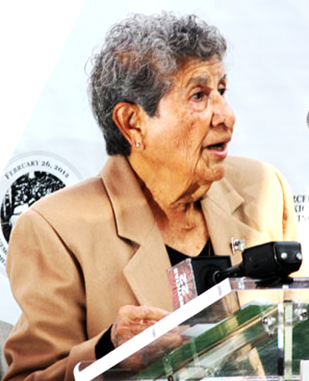

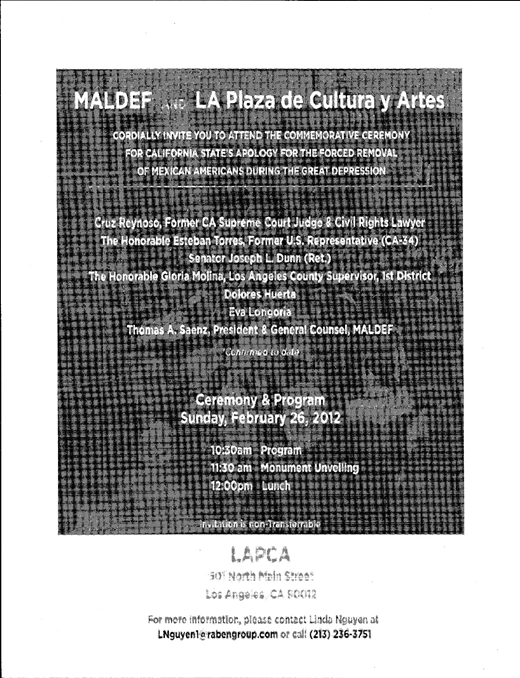
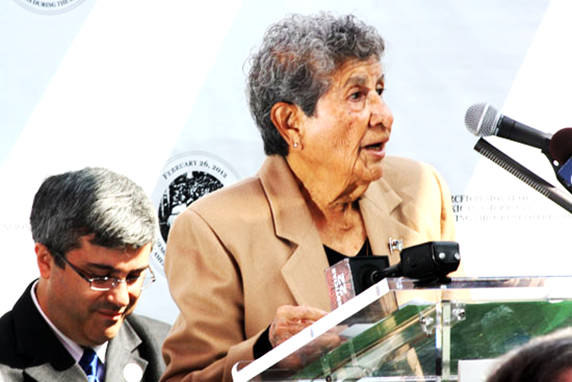
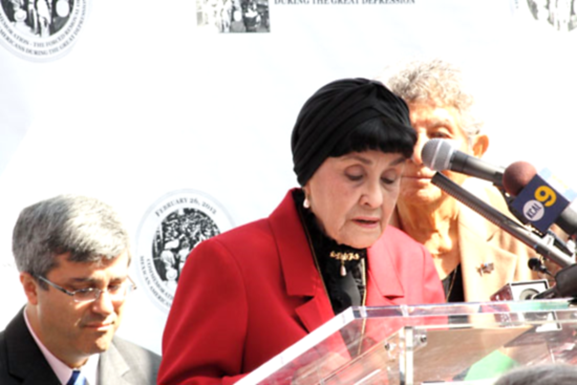
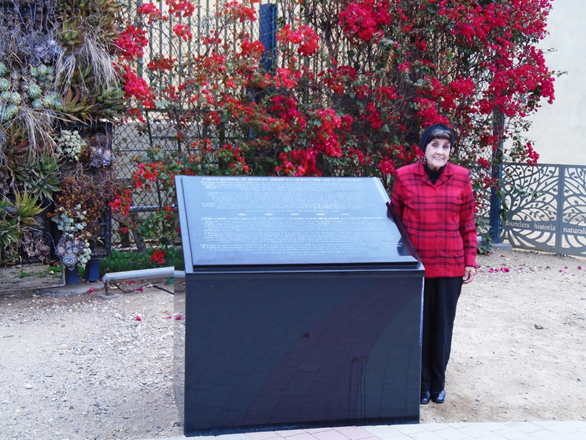


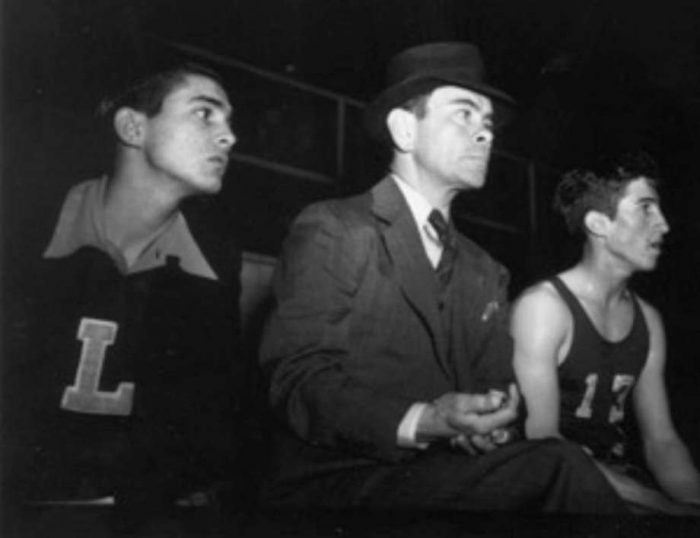
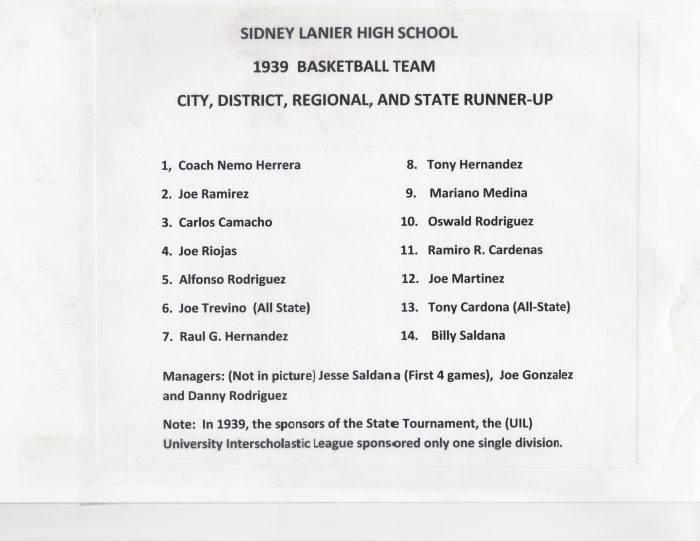





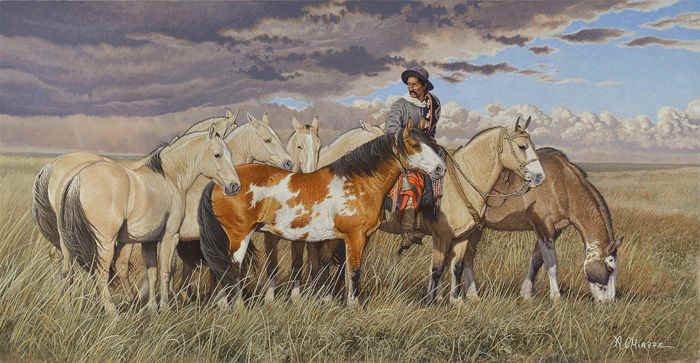
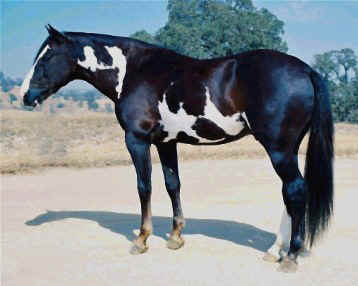
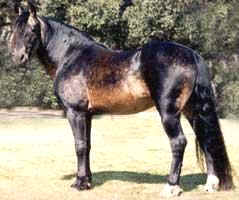
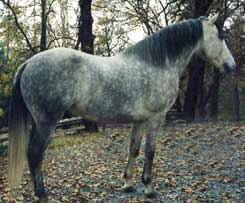

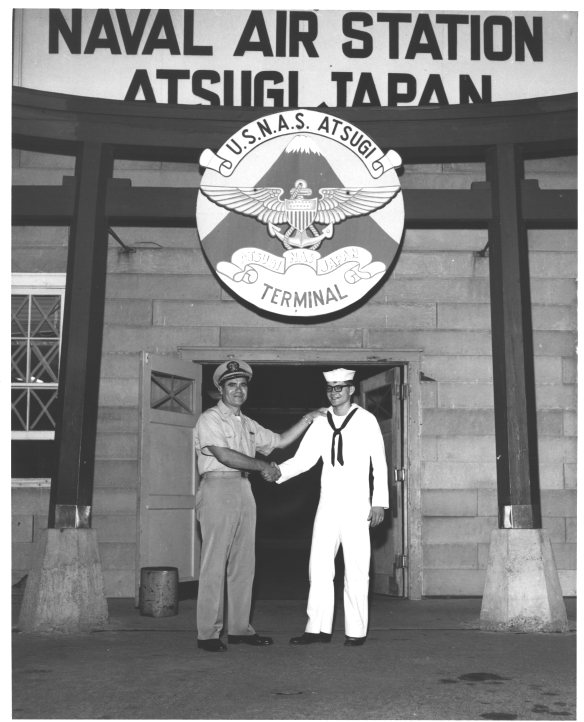
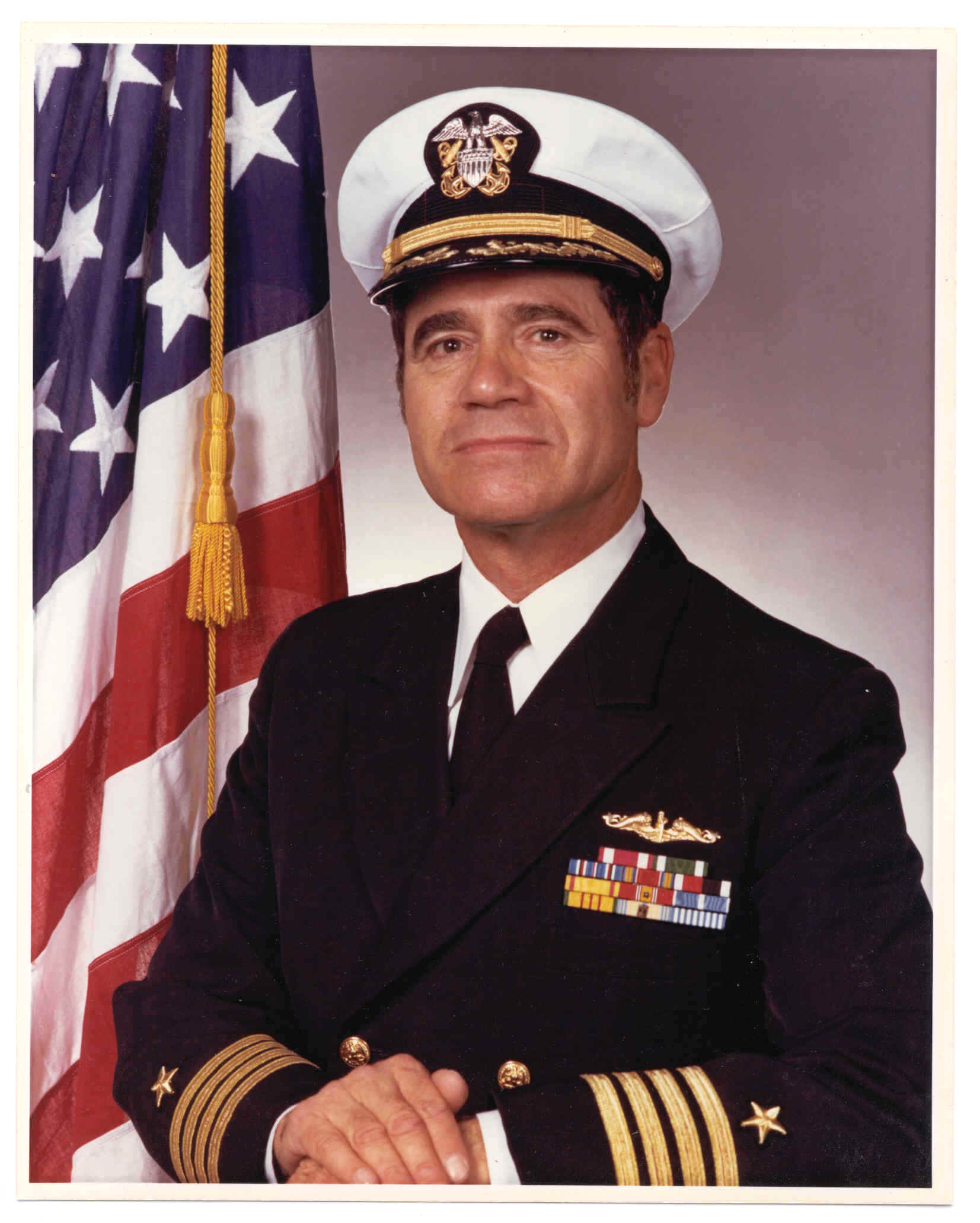 I changed my
designator from Navy Line Officer to Ordnance Engineering Duty Officer.
Then the Navy "at the convenience of the Government",
arbitrarily changed my designator to Aviation Engineering Duty
Officer. From that day on I was in the aviation community. I did a tour
with Squadron (VR-884) the summer of 1967 in Viet Nam, as Squadron
Engineering Officer. We flew supplies to the fortified stockades
along the Cambodian border, and flew out wounded, While there, we
flew up to Naval Air Station Atsugi, Japan, to ream. Son Les was
stationed there at the Communications Station ---- he was a Seaman
Yeoman. The Navy took a publicity photo of us at the administration
building/control tower ---- Father and Son Serving. I will
attach that photo. (see above) While in the Aviation Community I commanded
several Weapons Training Units
(WepTu). These were all officer
units, and all had engineering degrees. The only non aviator was
myself. I was the only one with surface navy and
submarine experience, so we made a interesting group.
I changed my
designator from Navy Line Officer to Ordnance Engineering Duty Officer.
Then the Navy "at the convenience of the Government",
arbitrarily changed my designator to Aviation Engineering Duty
Officer. From that day on I was in the aviation community. I did a tour
with Squadron (VR-884) the summer of 1967 in Viet Nam, as Squadron
Engineering Officer. We flew supplies to the fortified stockades
along the Cambodian border, and flew out wounded, While there, we
flew up to Naval Air Station Atsugi, Japan, to ream. Son Les was
stationed there at the Communications Station ---- he was a Seaman
Yeoman. The Navy took a publicity photo of us at the administration
building/control tower ---- Father and Son Serving. I will
attach that photo. (see above) While in the Aviation Community I commanded
several Weapons Training Units
(WepTu). These were all officer
units, and all had engineering degrees. The only non aviator was
myself. I was the only one with surface navy and
submarine experience, so we made a interesting group.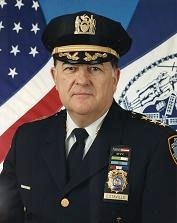


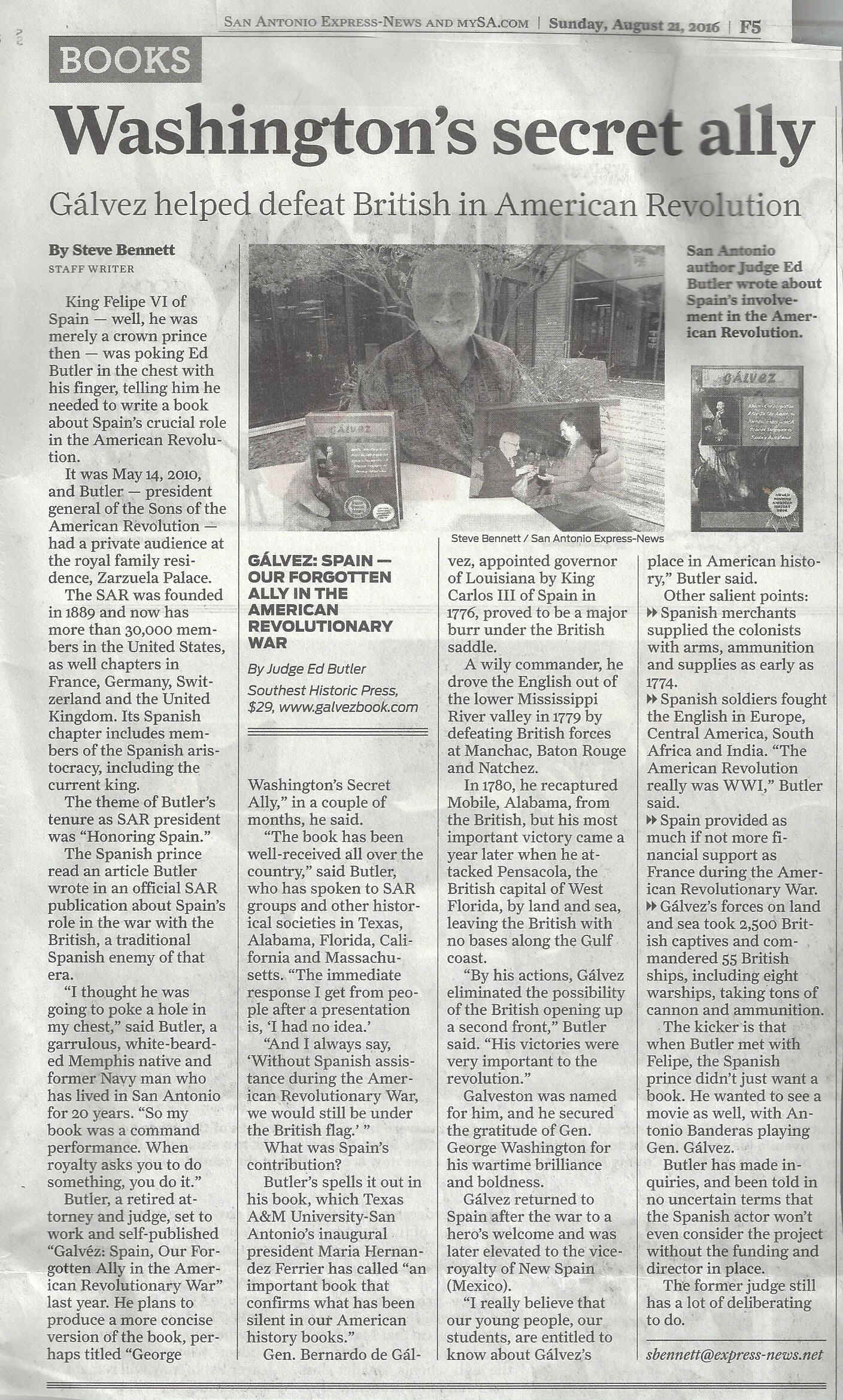

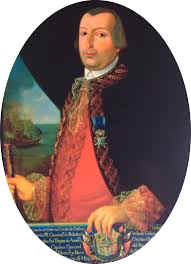 Gálvez
feared that if he delayed attacking the British, they would have time to
amass a sizeable army and attack
Gálvez
feared that if he delayed attacking the British, they would have time to
amass a sizeable army and attack 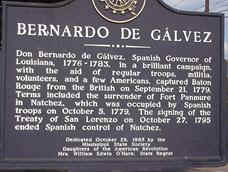 In
a marvelous display of tactical genius, Gálvez used the terrain and a
diversionary maneuver to get the better of his well-fortified enemy.
In
a marvelous display of tactical genius, Gálvez used the terrain and a
diversionary maneuver to get the better of his well-fortified enemy.


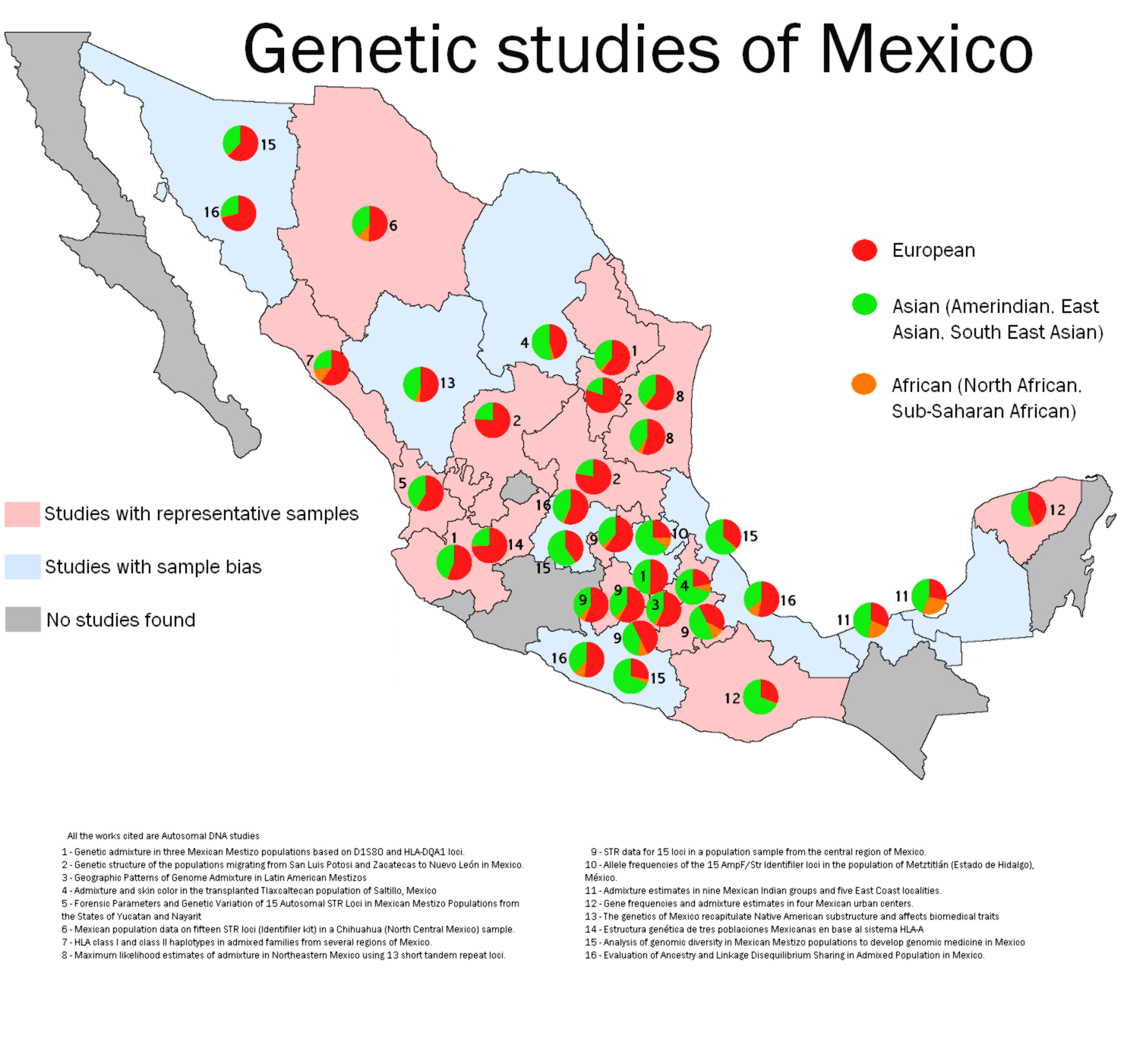




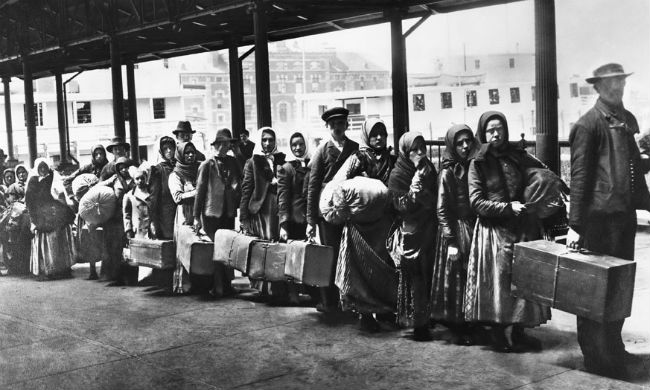
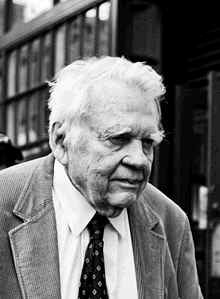
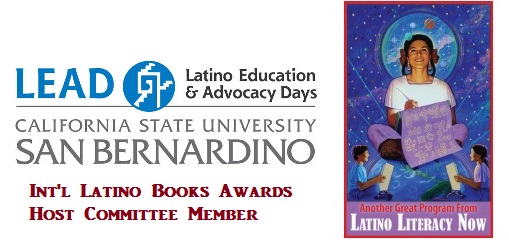
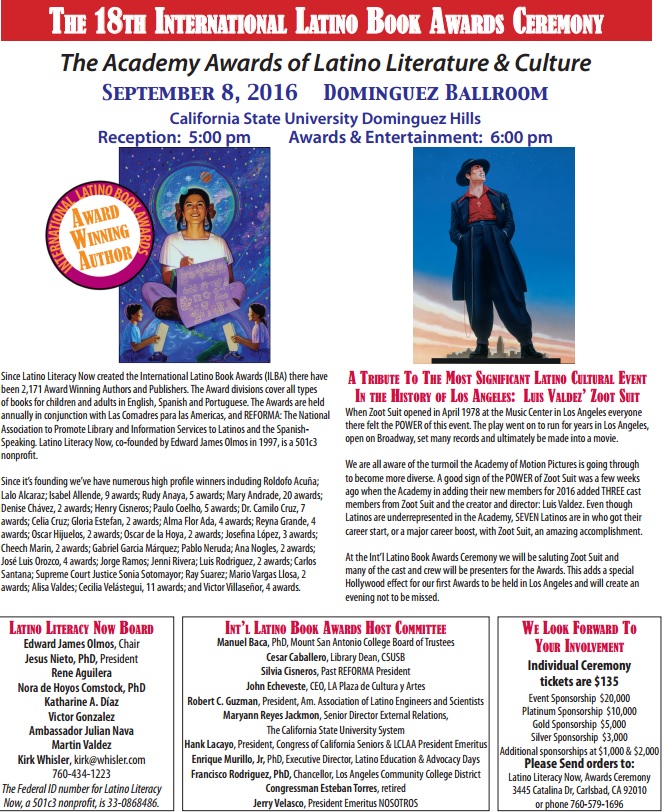
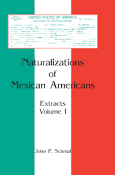
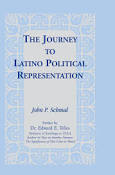

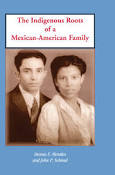
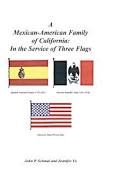
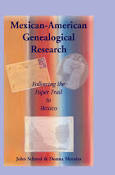
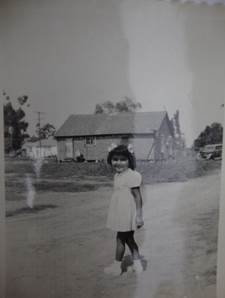
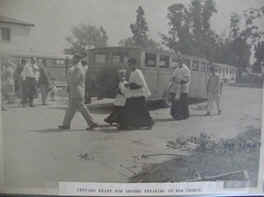
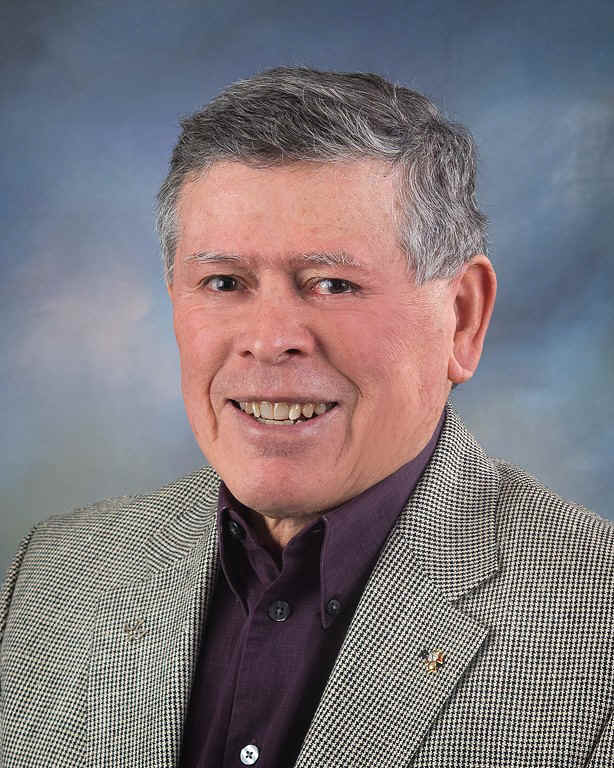

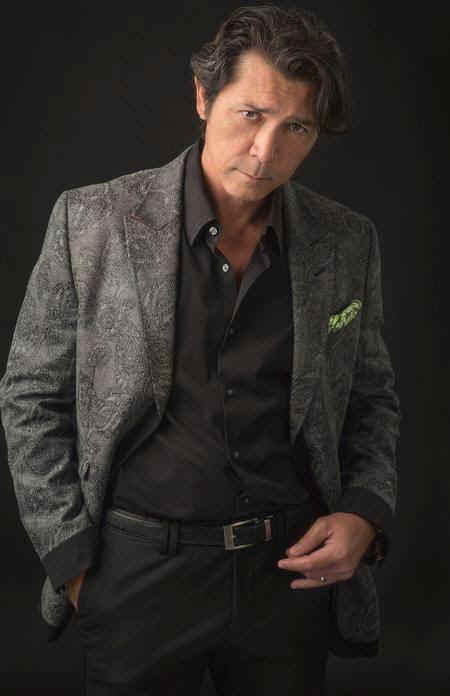
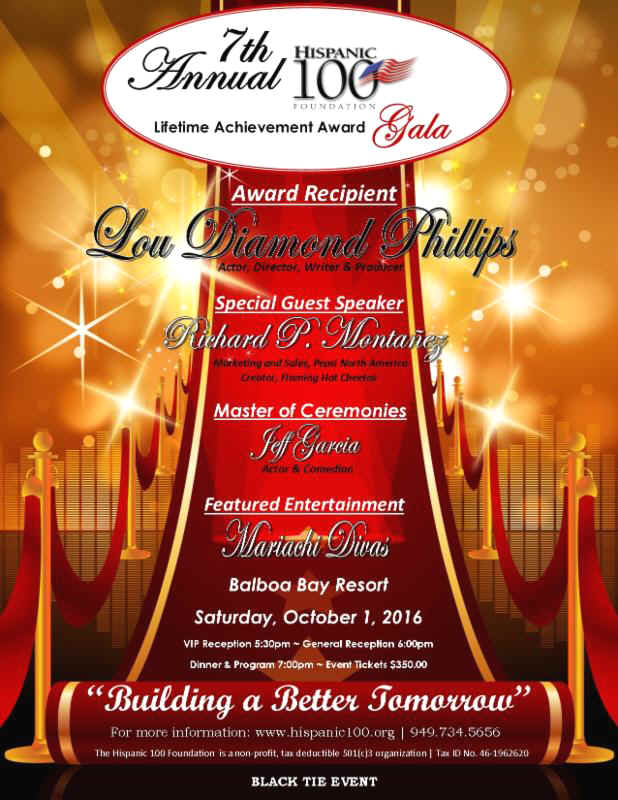

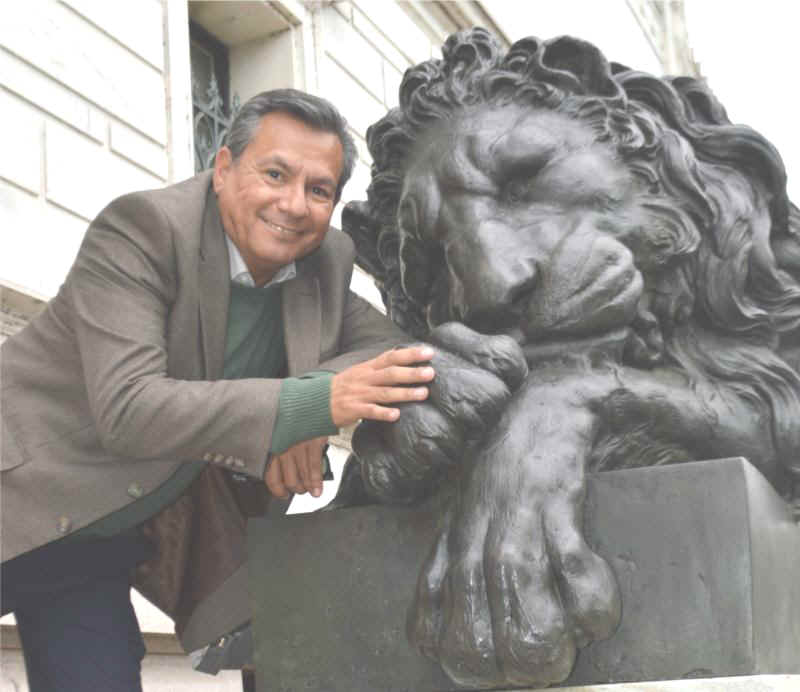

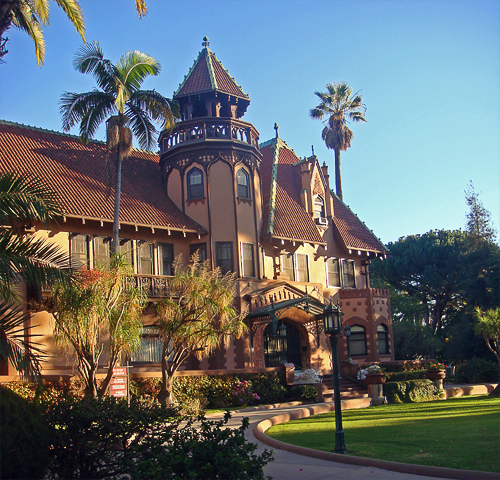





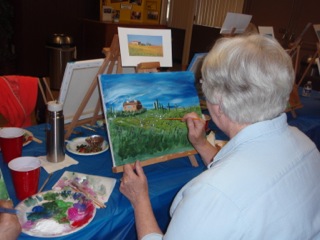
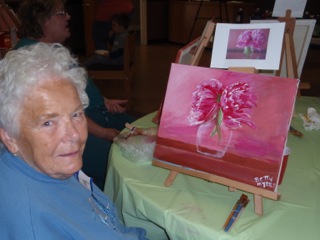

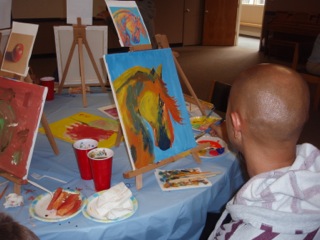
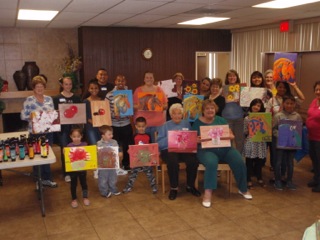
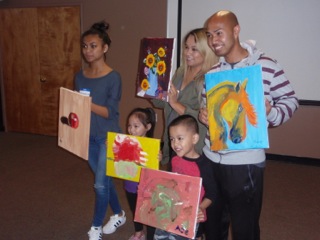
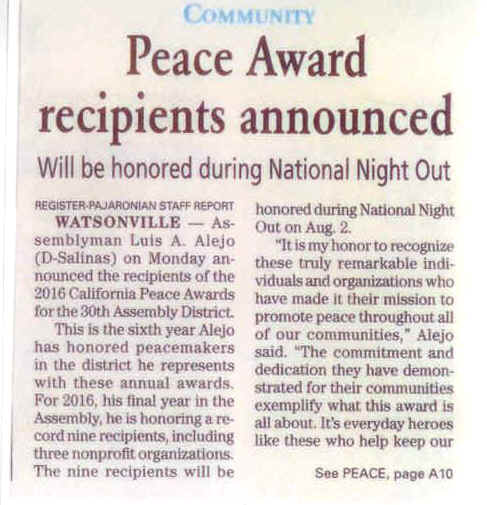
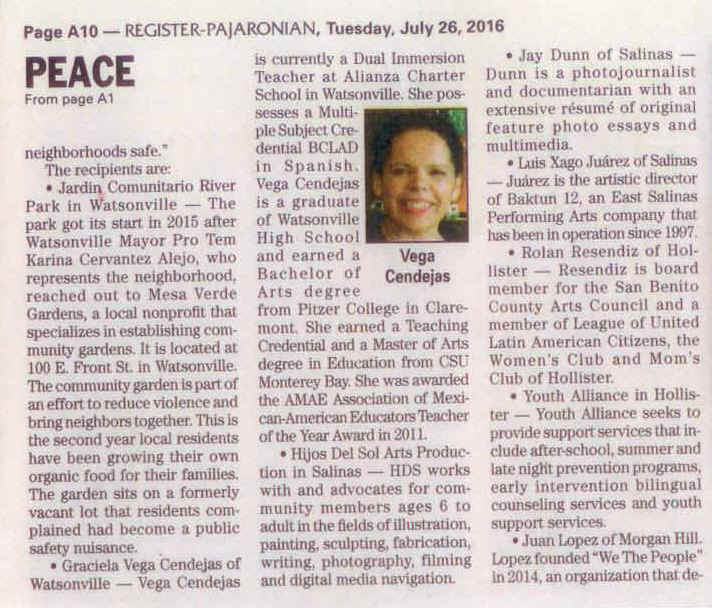
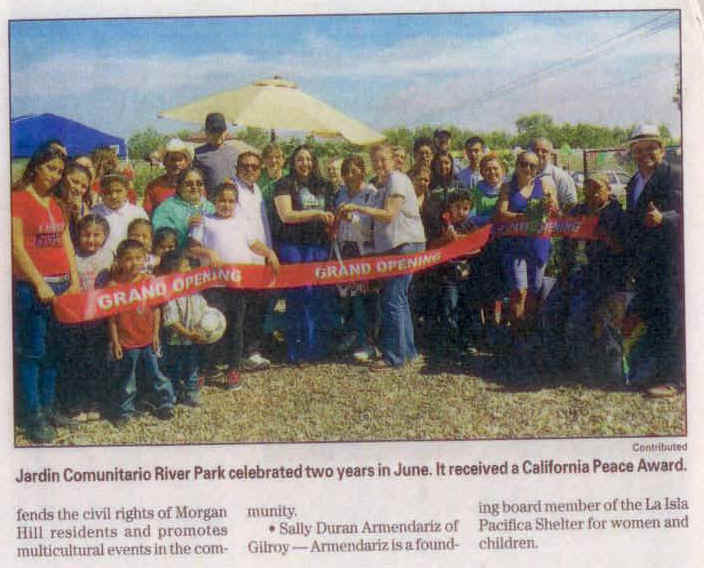

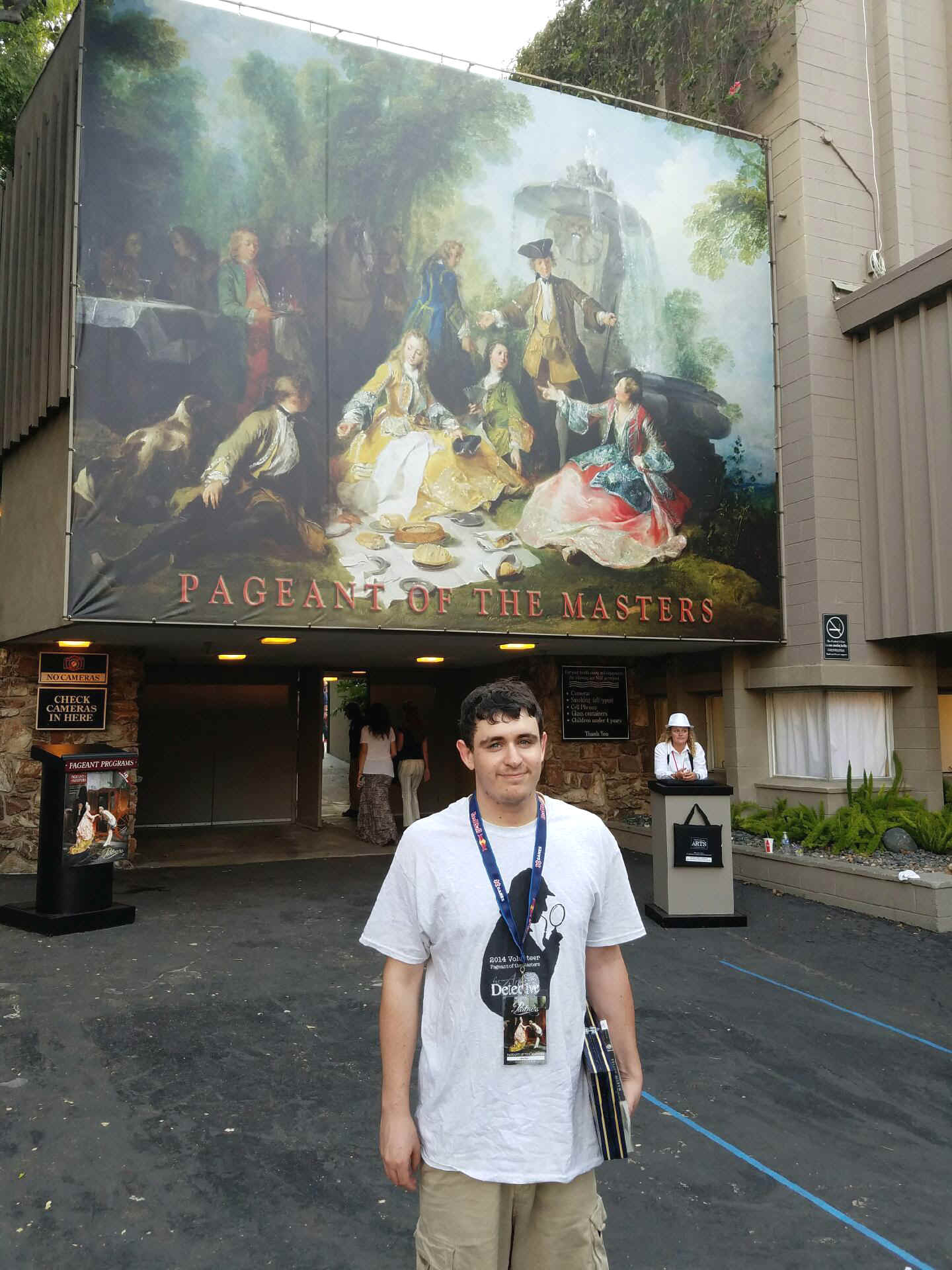


 Mariano Vallejo's grandfather, Geronimo Vallejo y Herrera
(1716-1802) and my 4th great-grandfather, Antonio Justo Vallejo y Herrera
(1729-1789) were brothers and sons of Lucas Vallejo y Ramires Cornejo
(1688-) and Thomasa Herrera y Delgardillo (1693-). My grandmother Norberta,
1877-1952 (my father's mother) was a Vallejo. I happen to have all
their birth, marriage and death documents. I am including some sites that
you may want to read about Mariano's life history.
Mariano Vallejo's grandfather, Geronimo Vallejo y Herrera
(1716-1802) and my 4th great-grandfather, Antonio Justo Vallejo y Herrera
(1729-1789) were brothers and sons of Lucas Vallejo y Ramires Cornejo
(1688-) and Thomasa Herrera y Delgardillo (1693-). My grandmother Norberta,
1877-1952 (my father's mother) was a Vallejo. I happen to have all
their birth, marriage and death documents. I am including some sites that
you may want to read about Mariano's life history.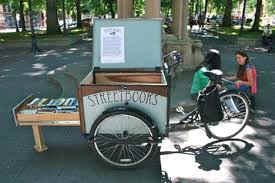
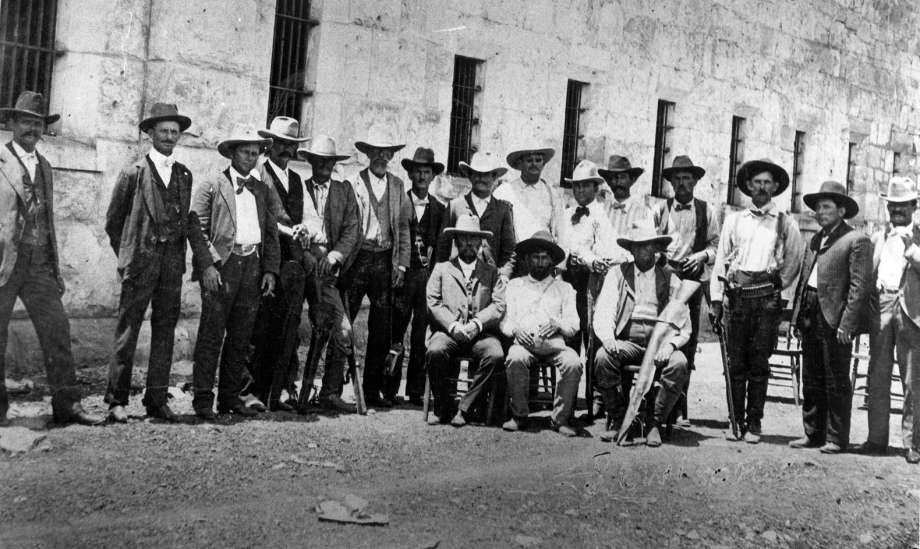
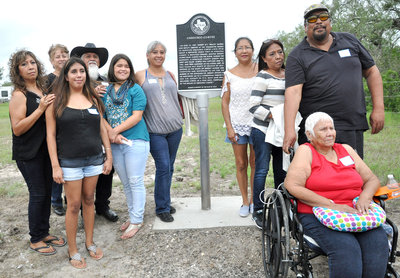
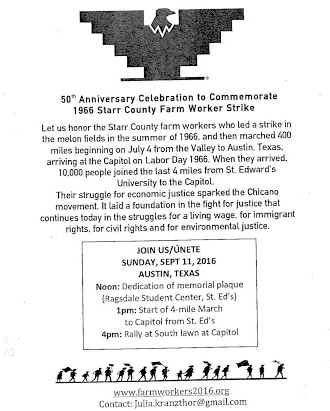
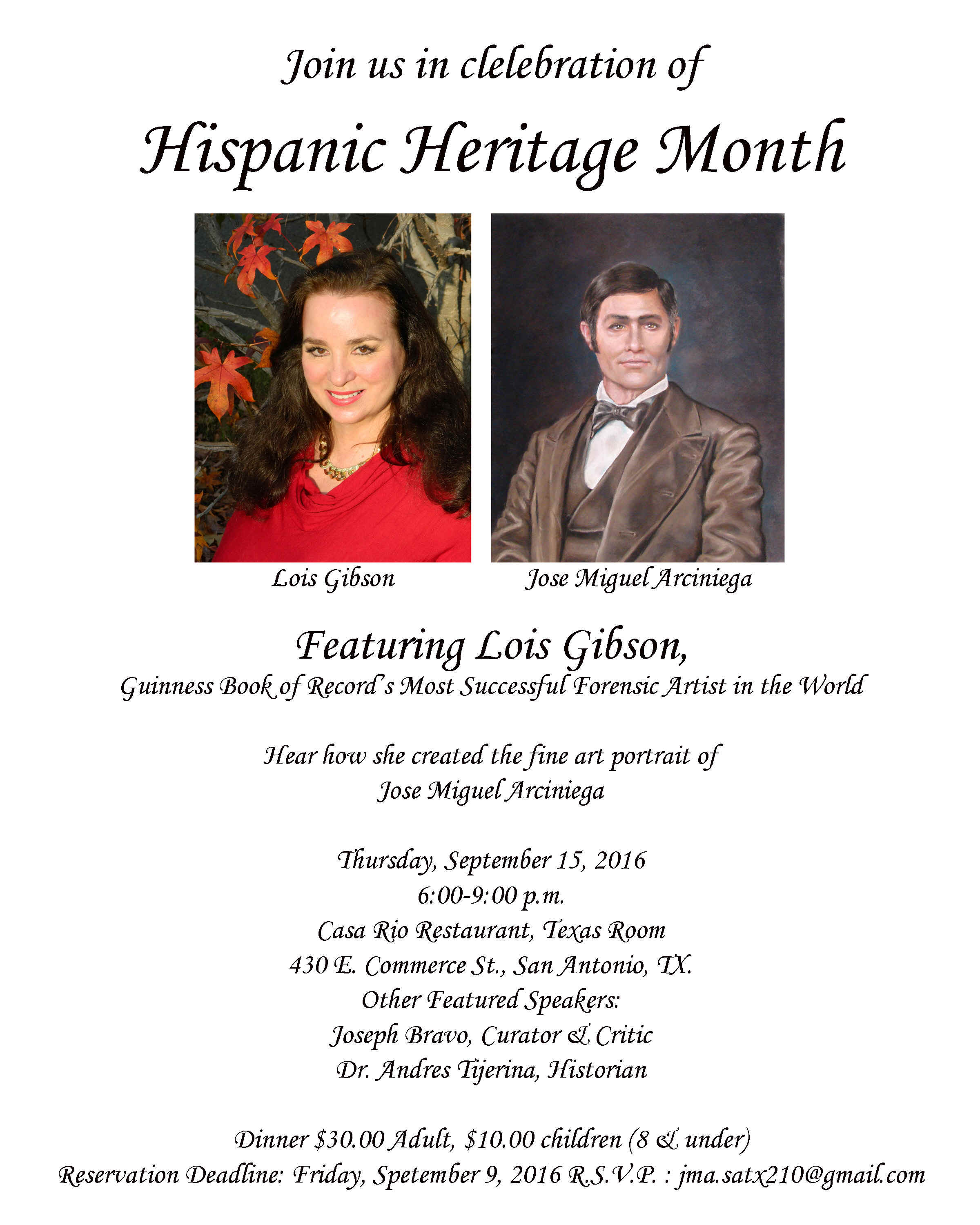
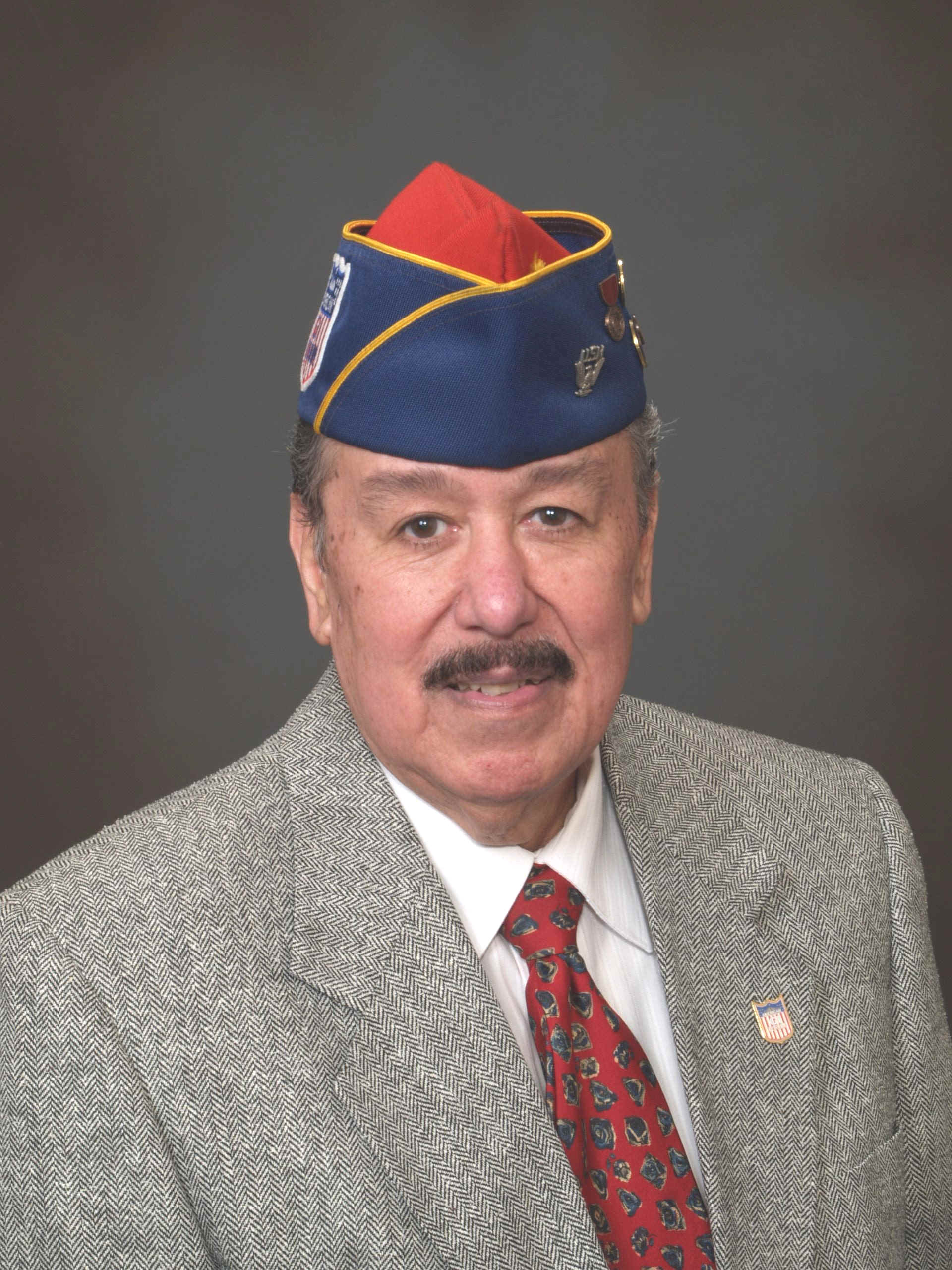
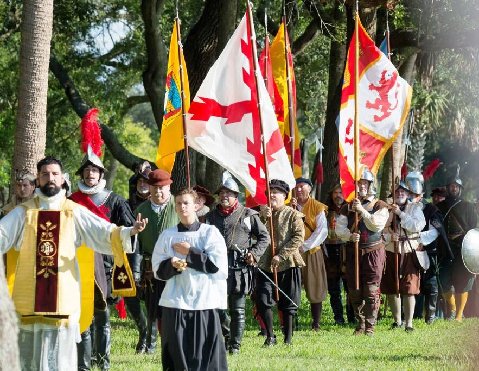
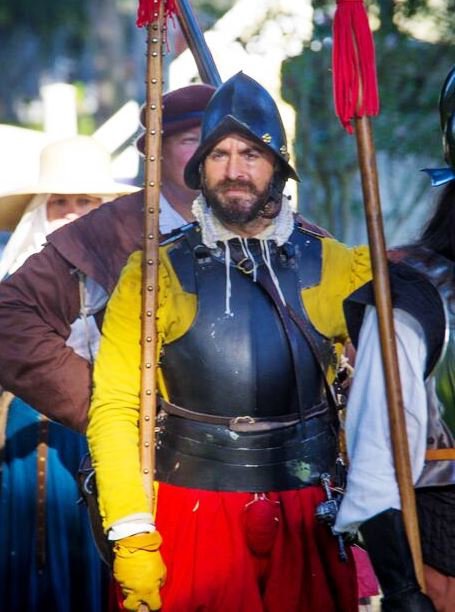

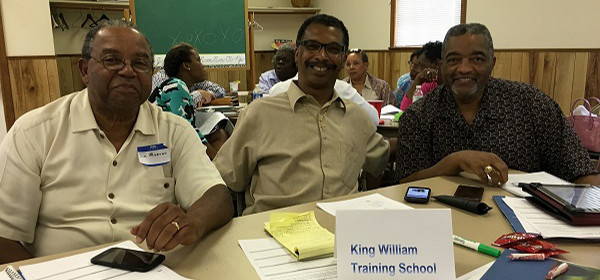


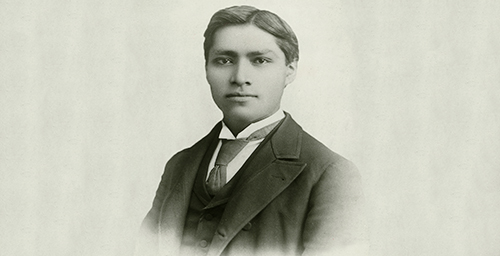
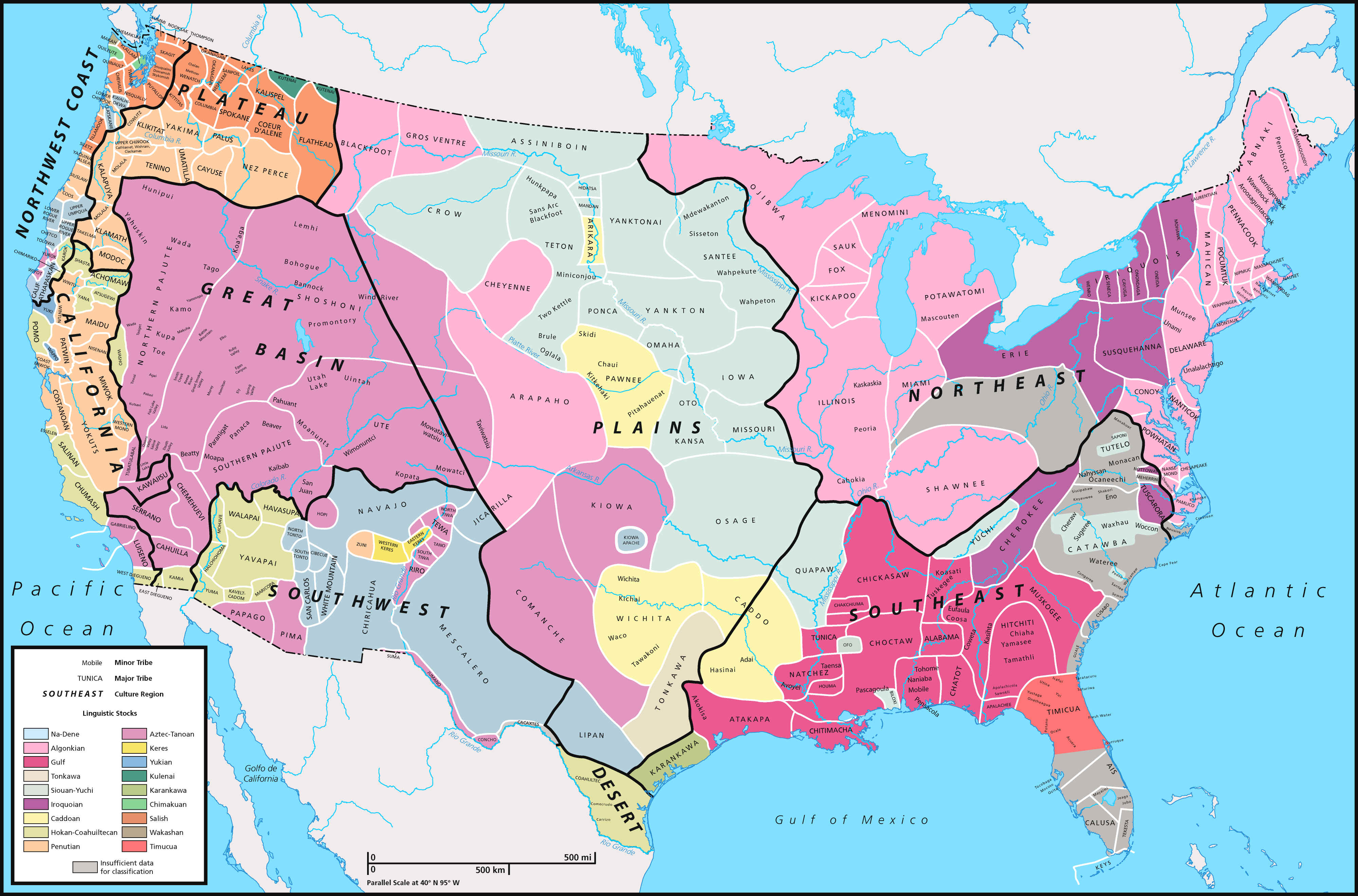
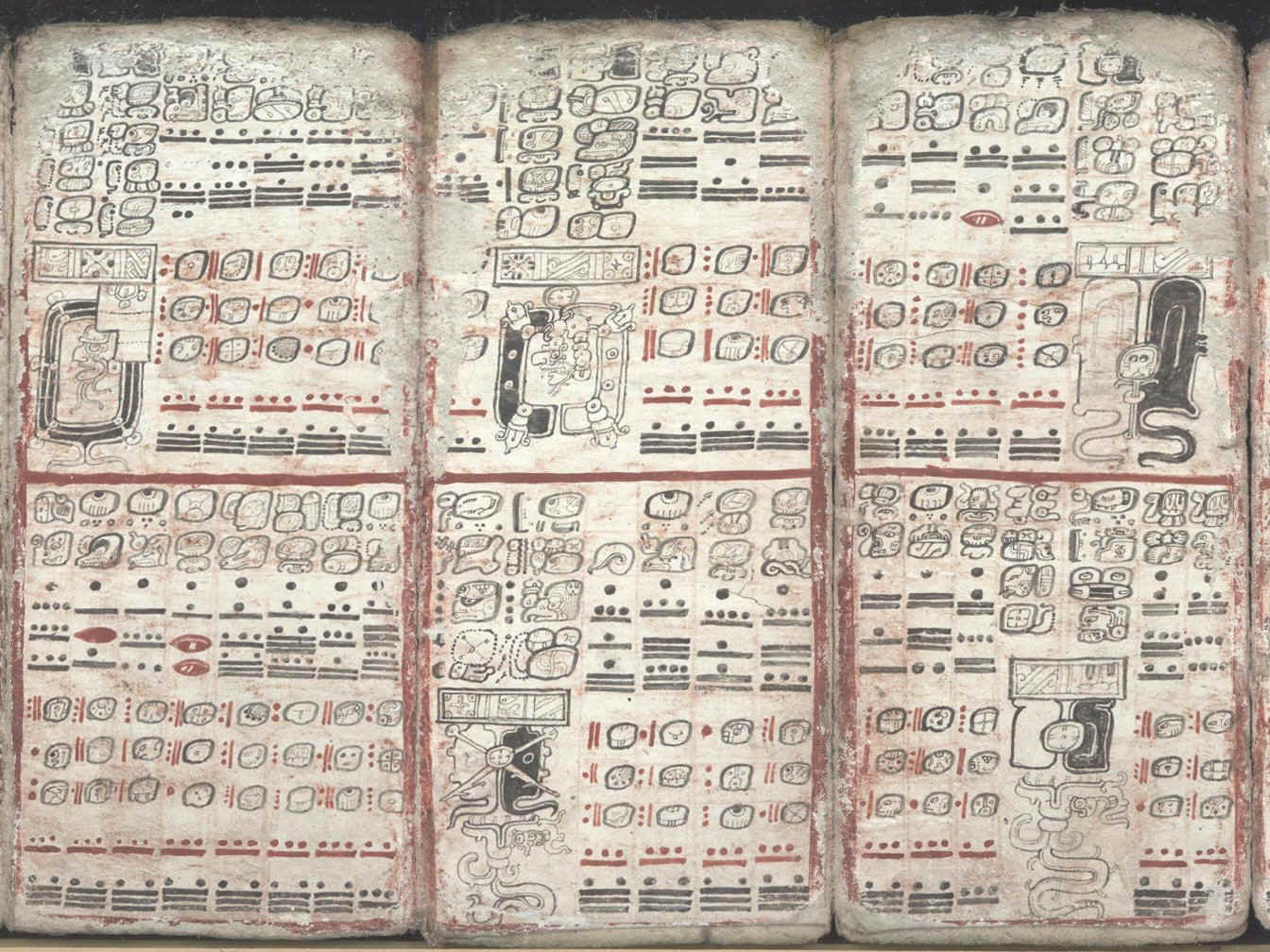
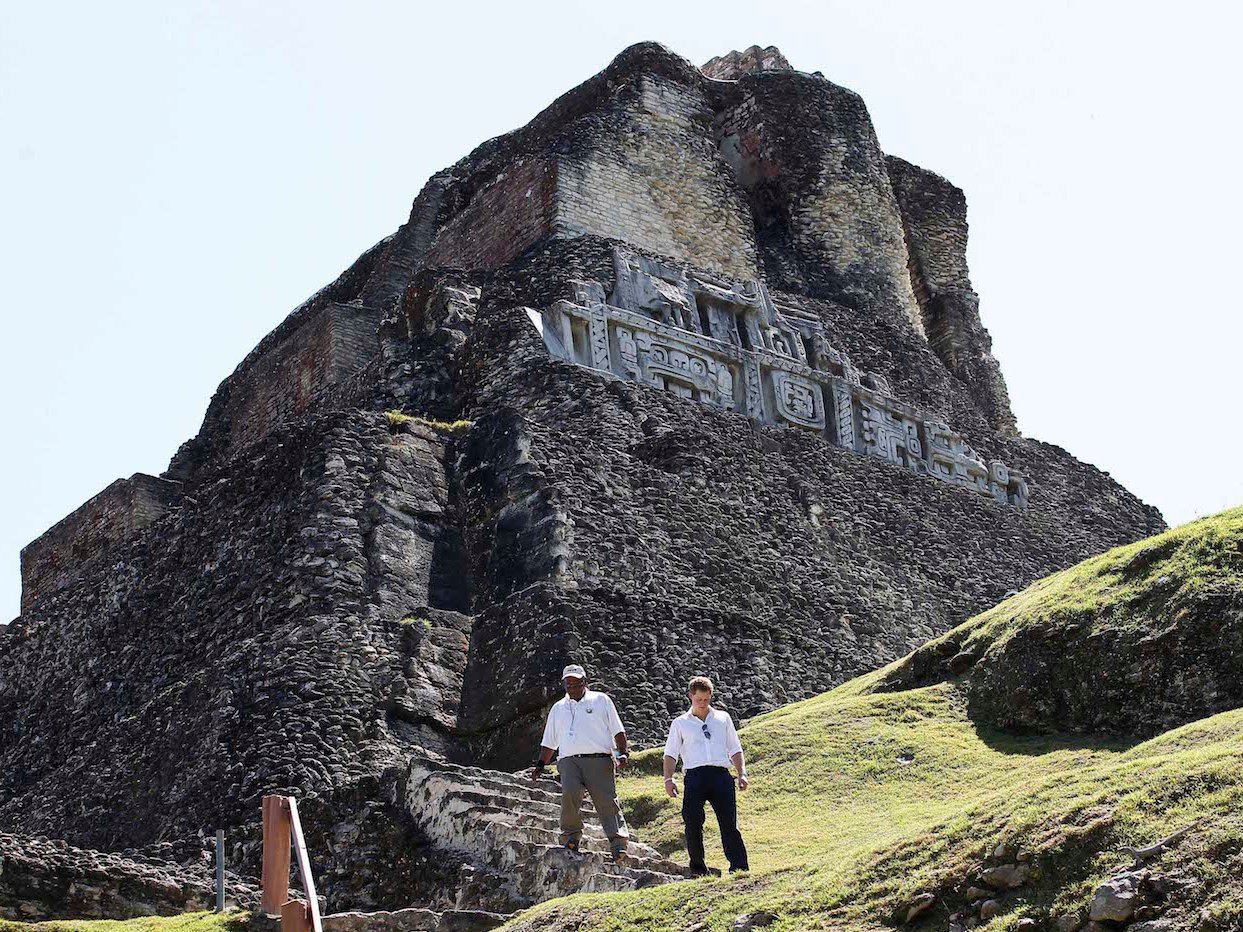
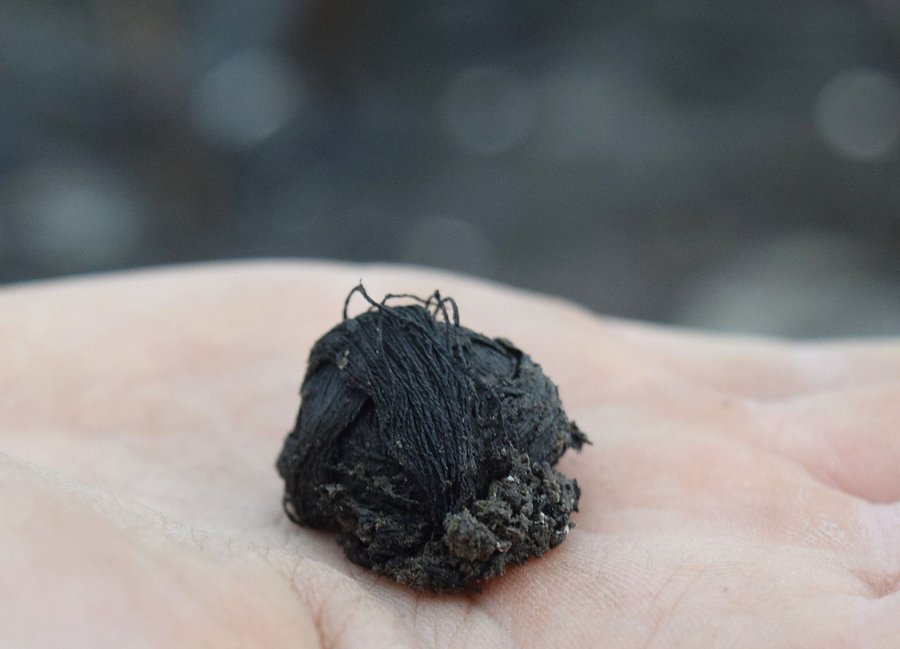
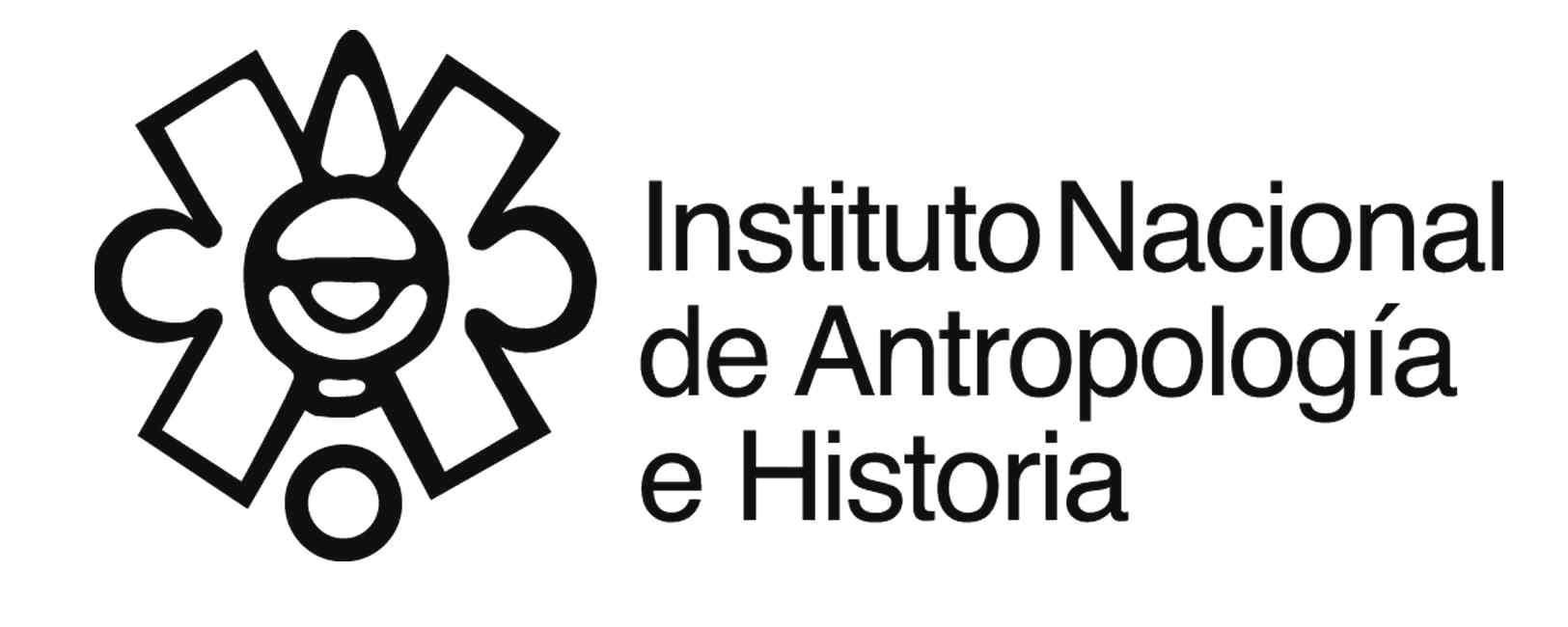
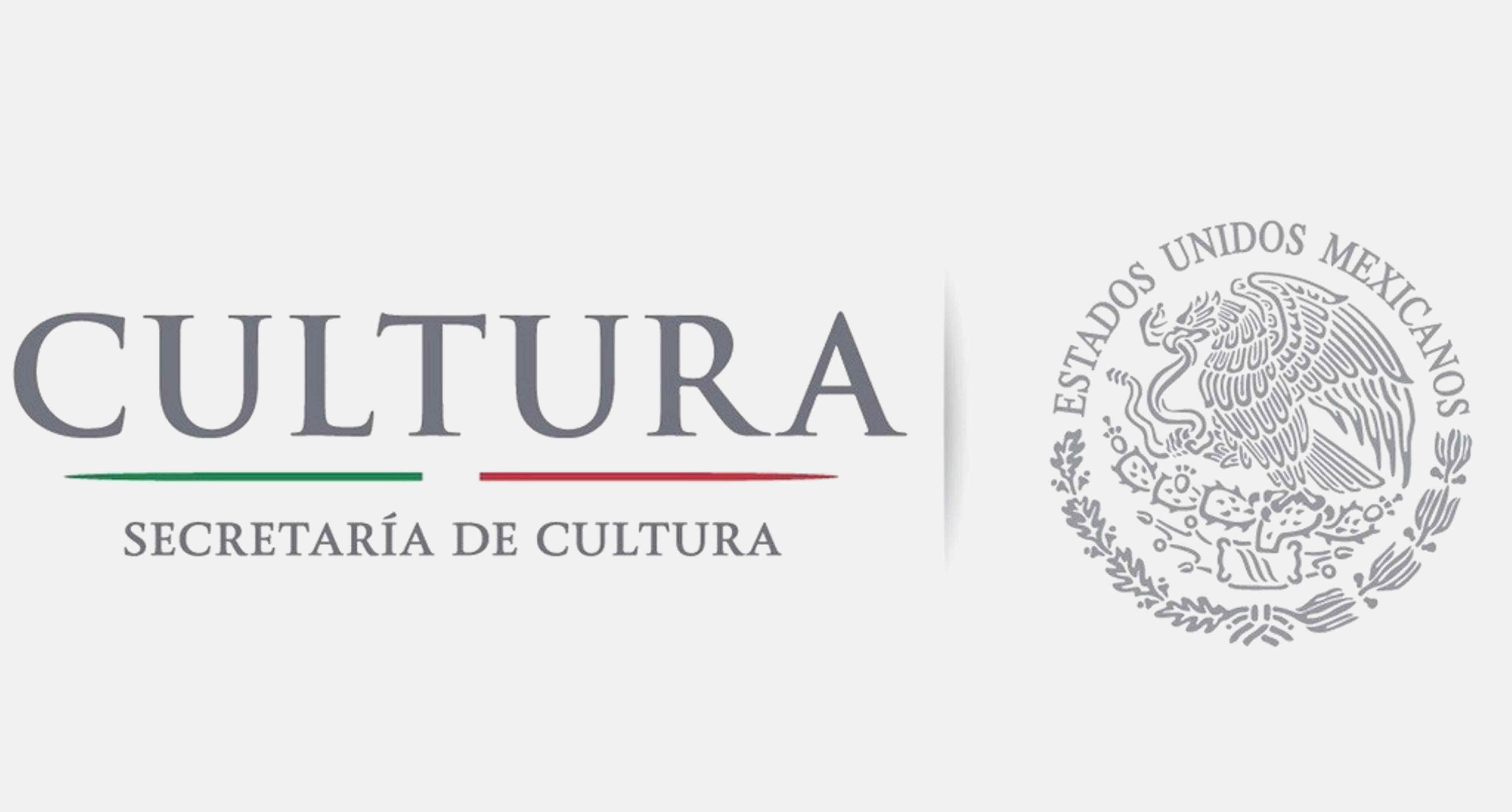


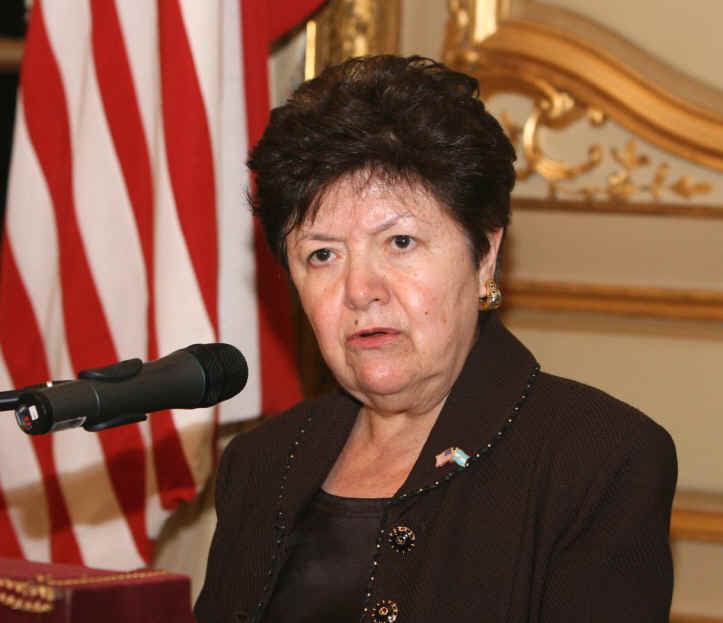
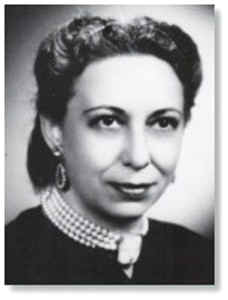
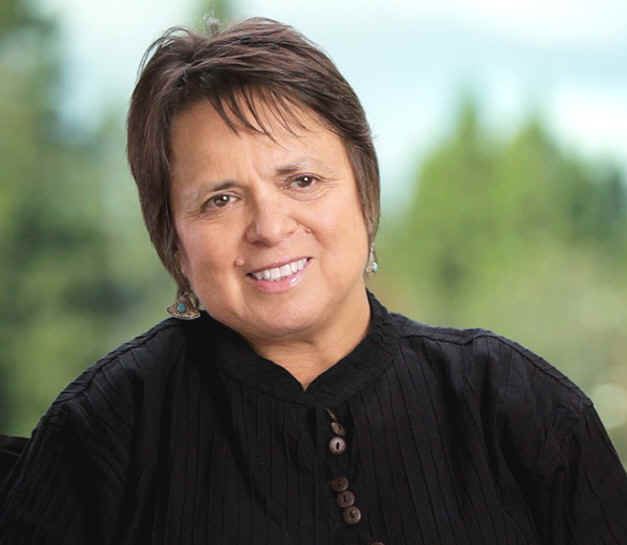
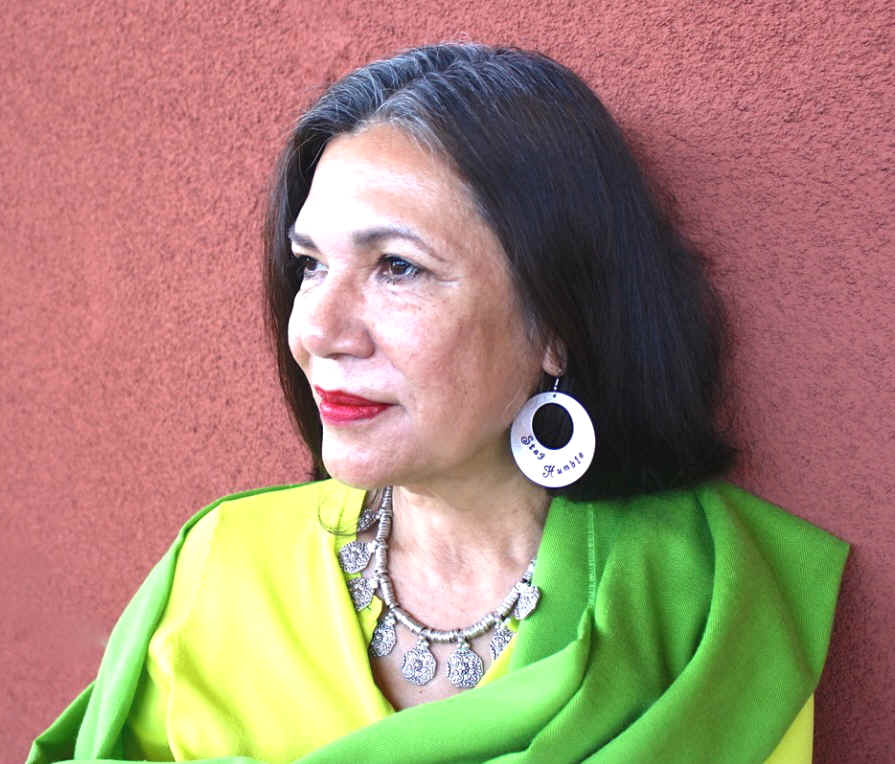

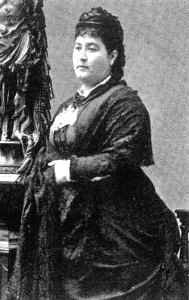

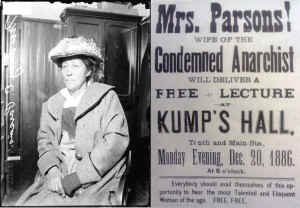
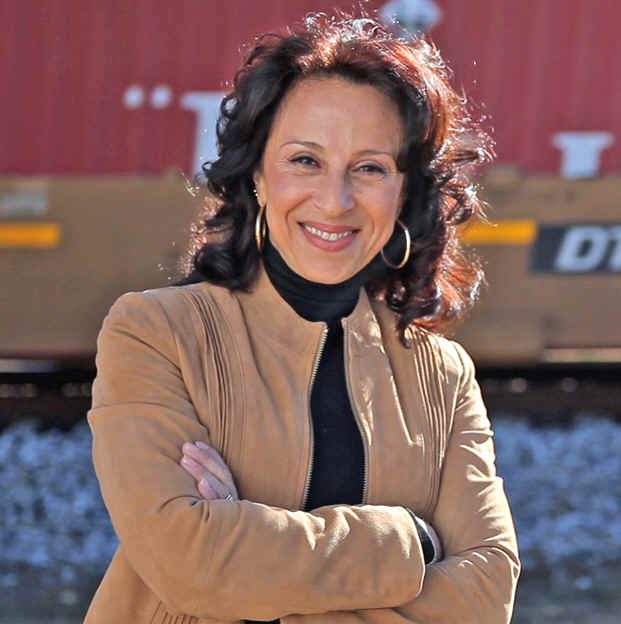
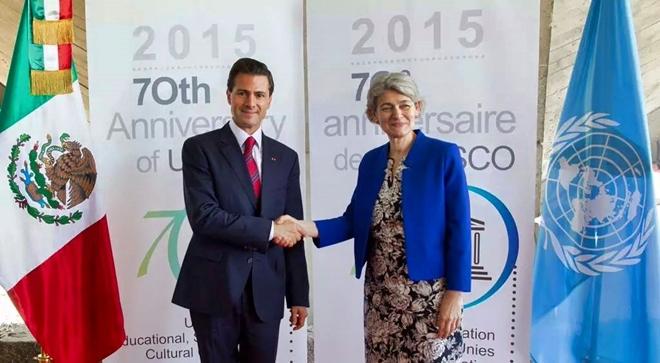
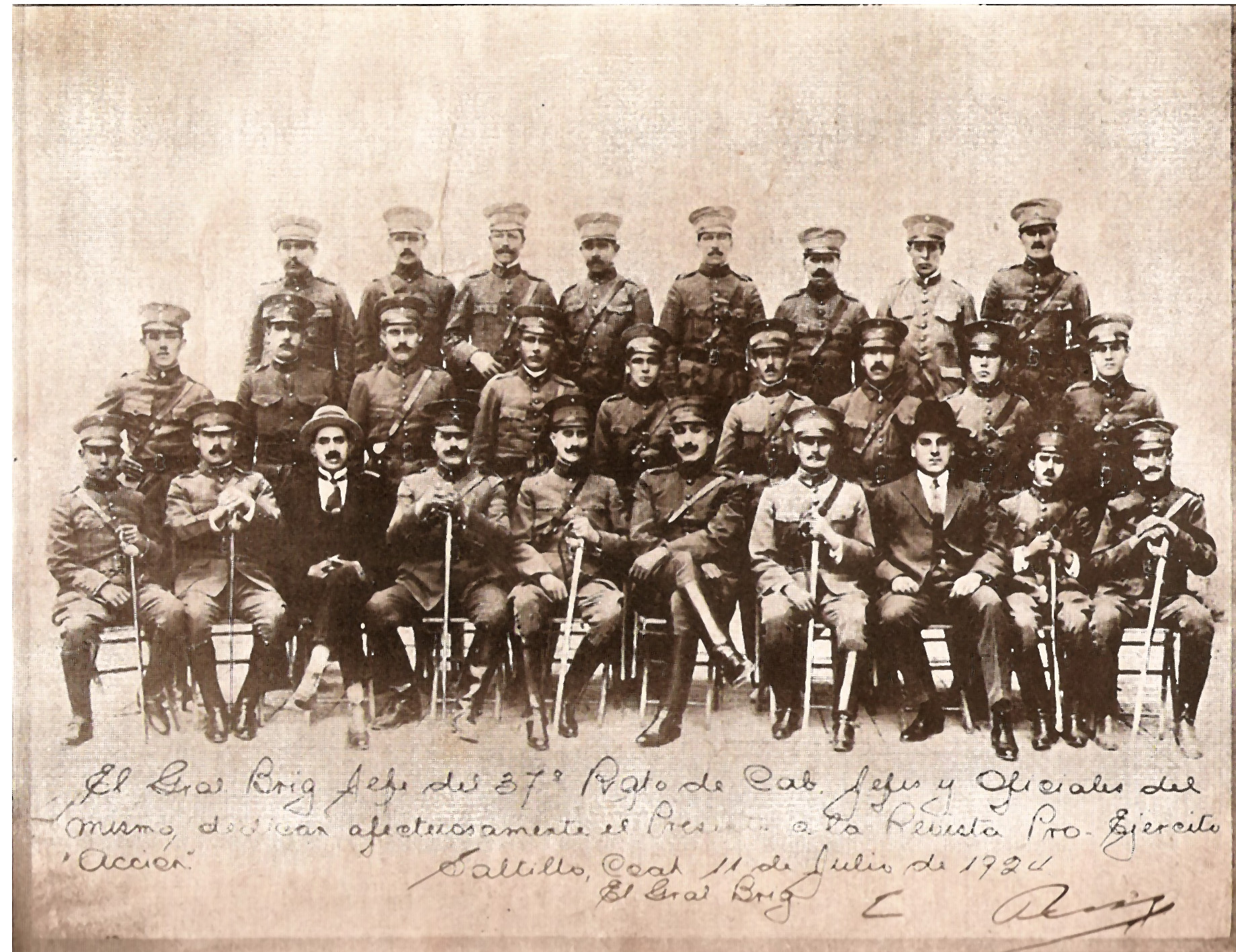
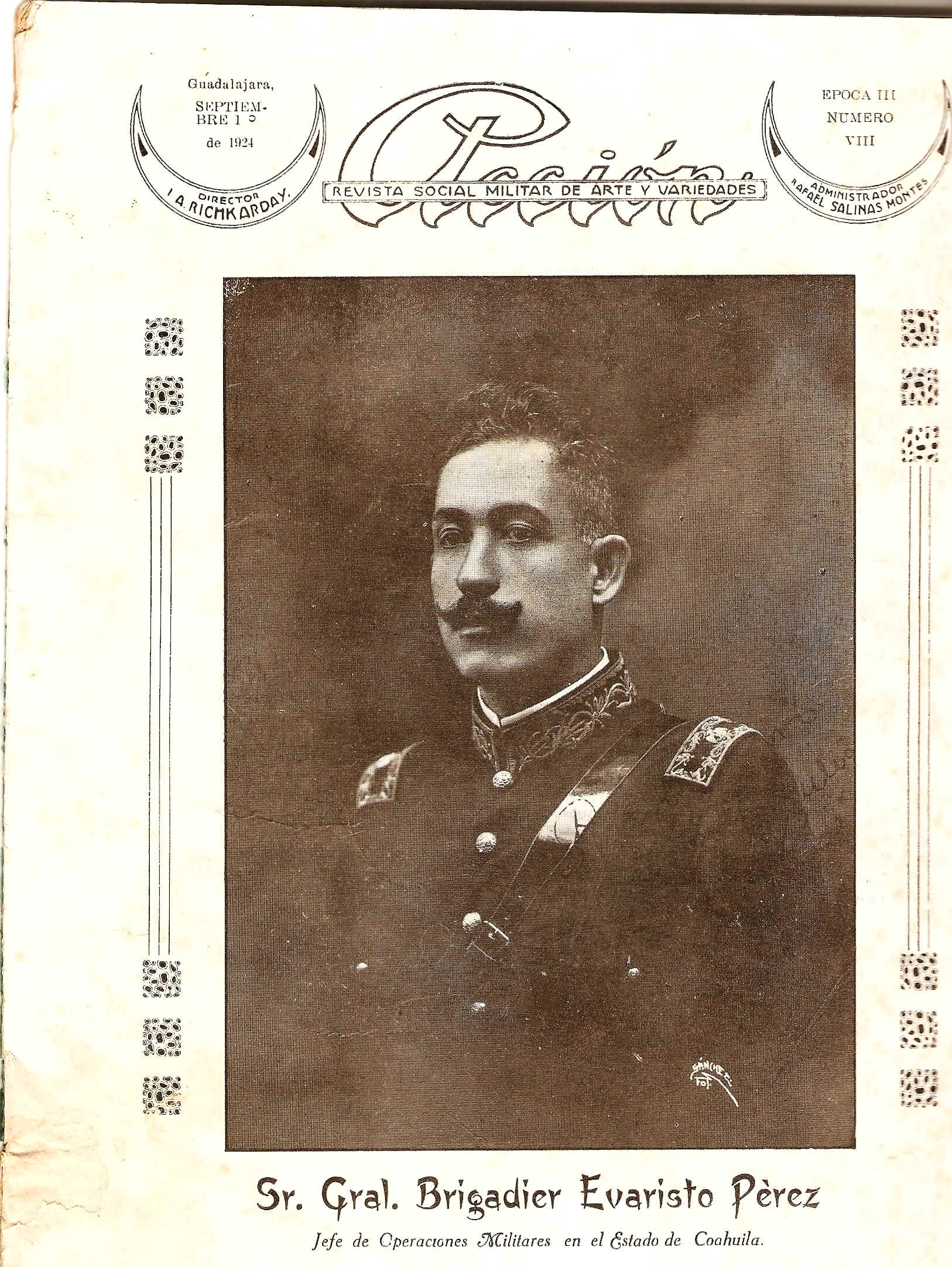
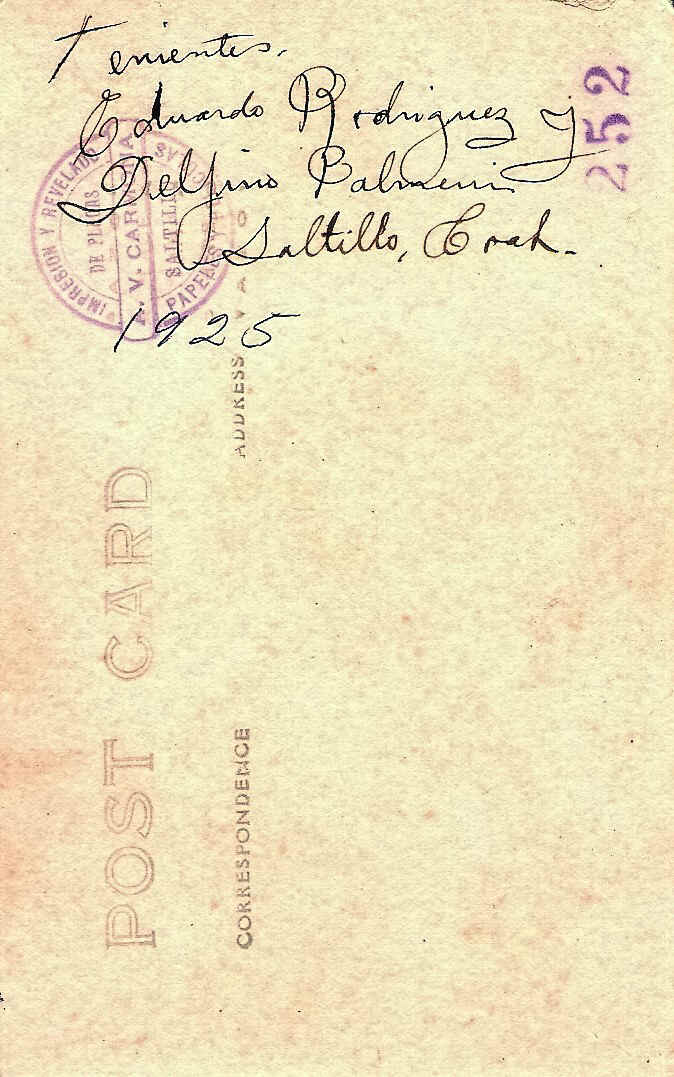
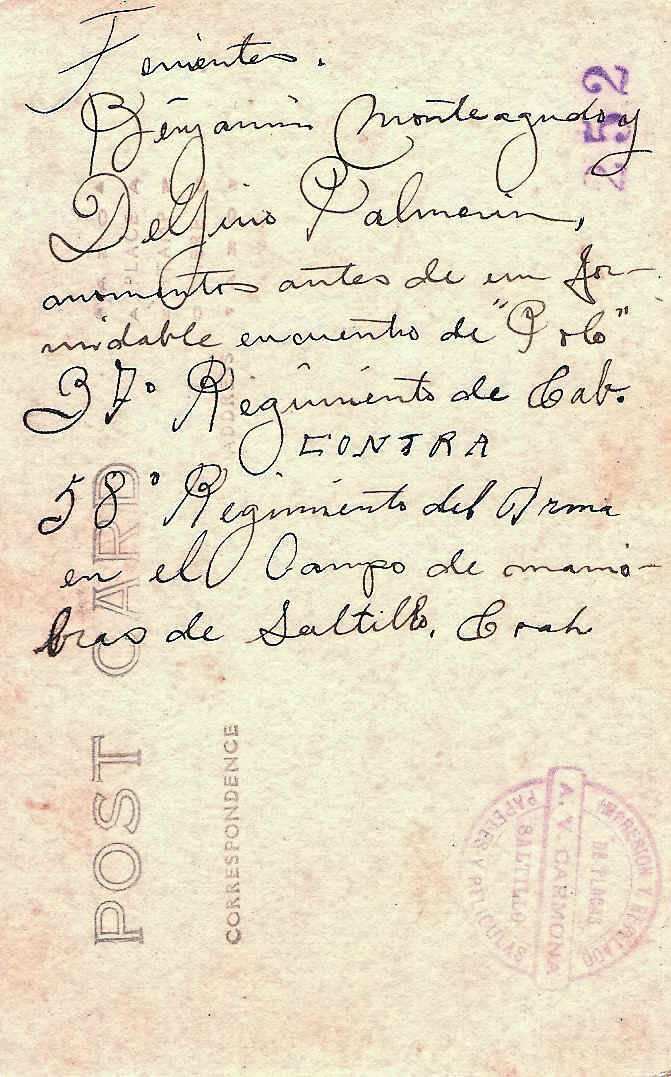
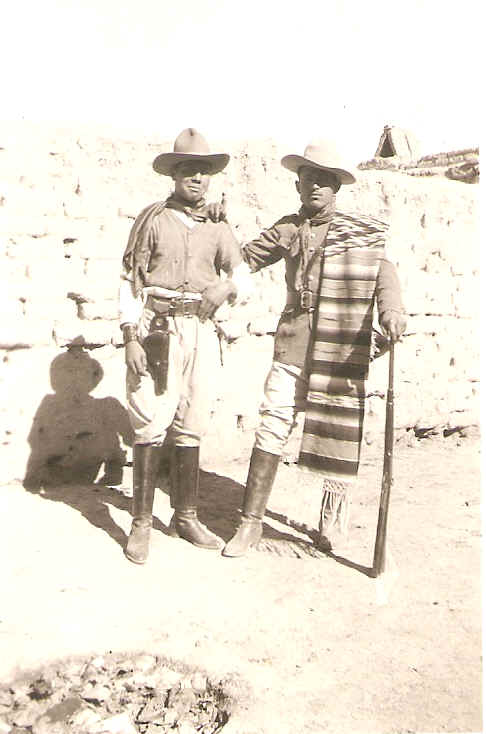
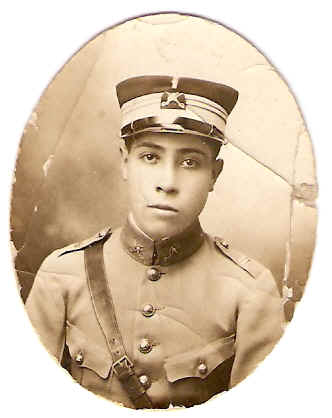
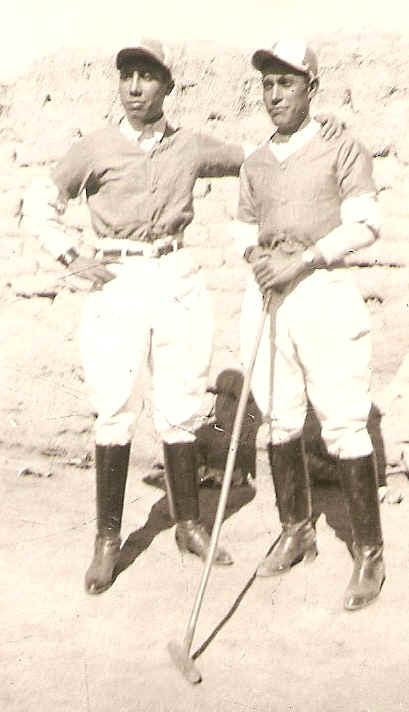
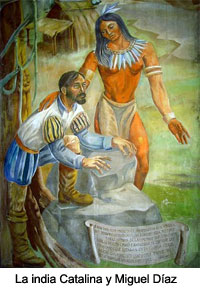 Tras la vuelta de Colón a España, su hermano Bartolomé inició una exploración general de la isla que le llevaría a la costa sur por indicación de Miguel Díaz, un soldado español que, huyendo de la justicia castellana por participar en un duelo, se encontró por casualidad con gran cantidad de oro cerca de la desembocadura del río Haina.
Tras la vuelta de Colón a España, su hermano Bartolomé inició una exploración general de la isla que le llevaría a la costa sur por indicación de Miguel Díaz, un soldado español que, huyendo de la justicia castellana por participar en un duelo, se encontró por casualidad con gran cantidad de oro cerca de la desembocadura del río Haina.